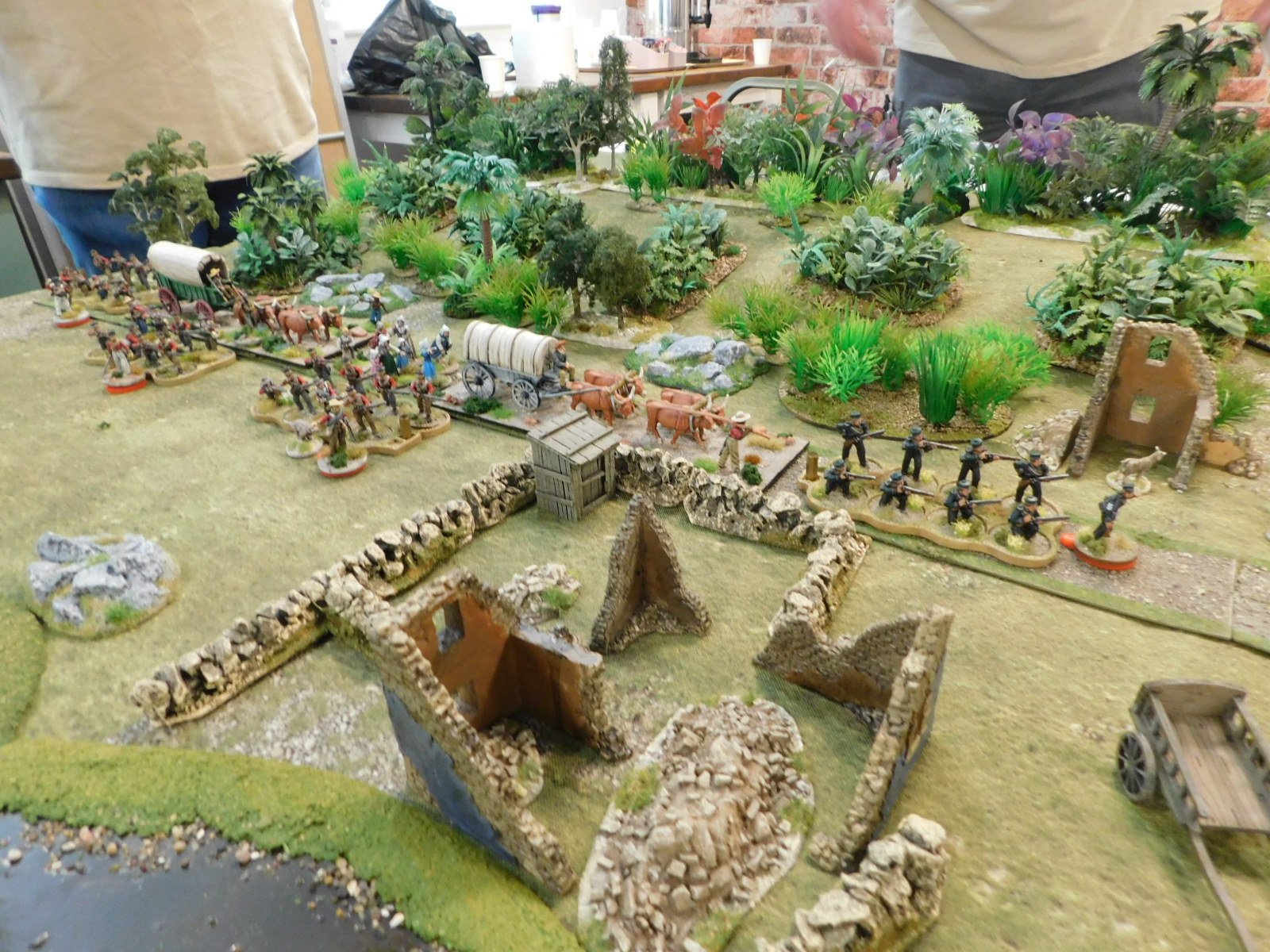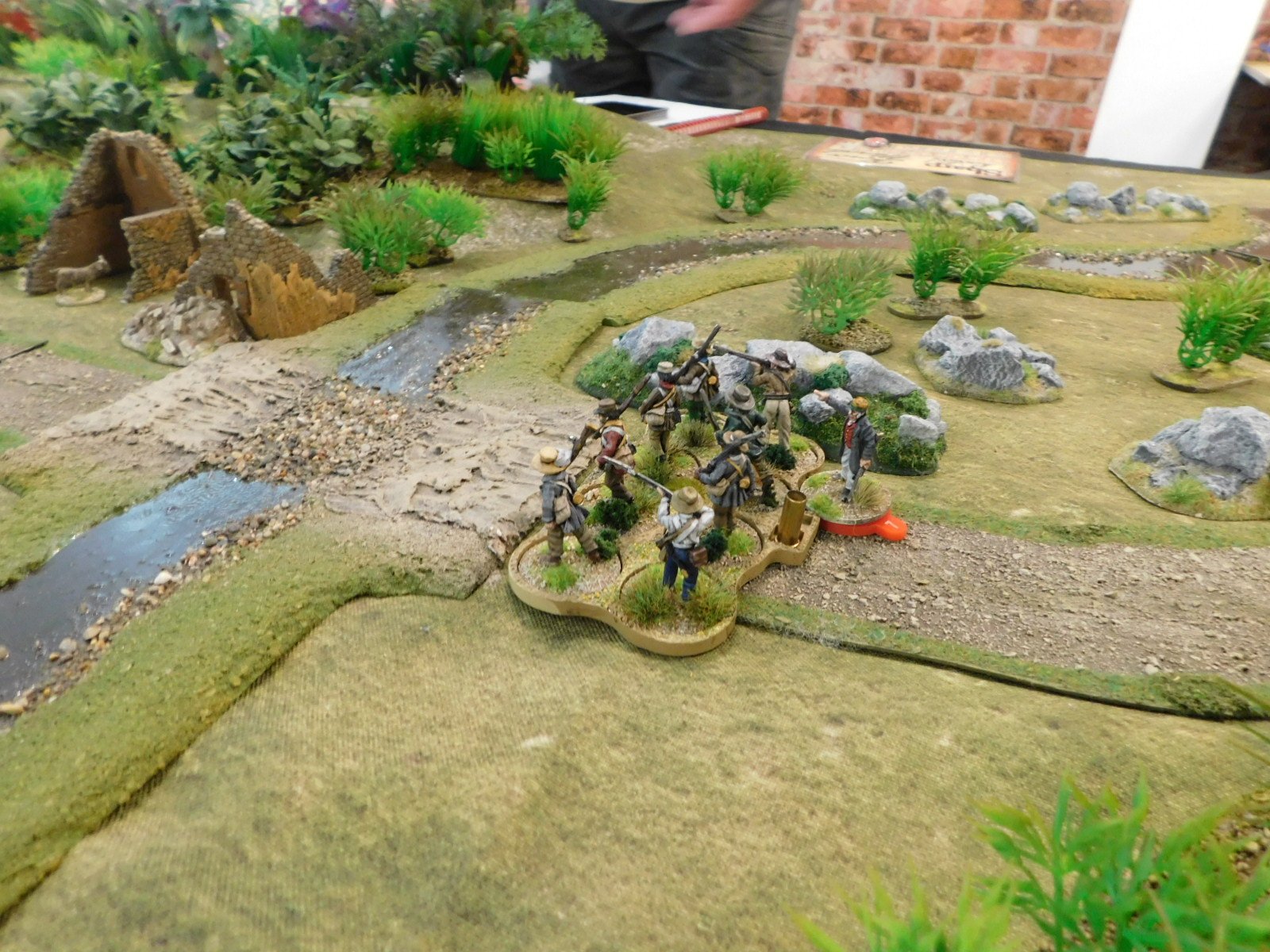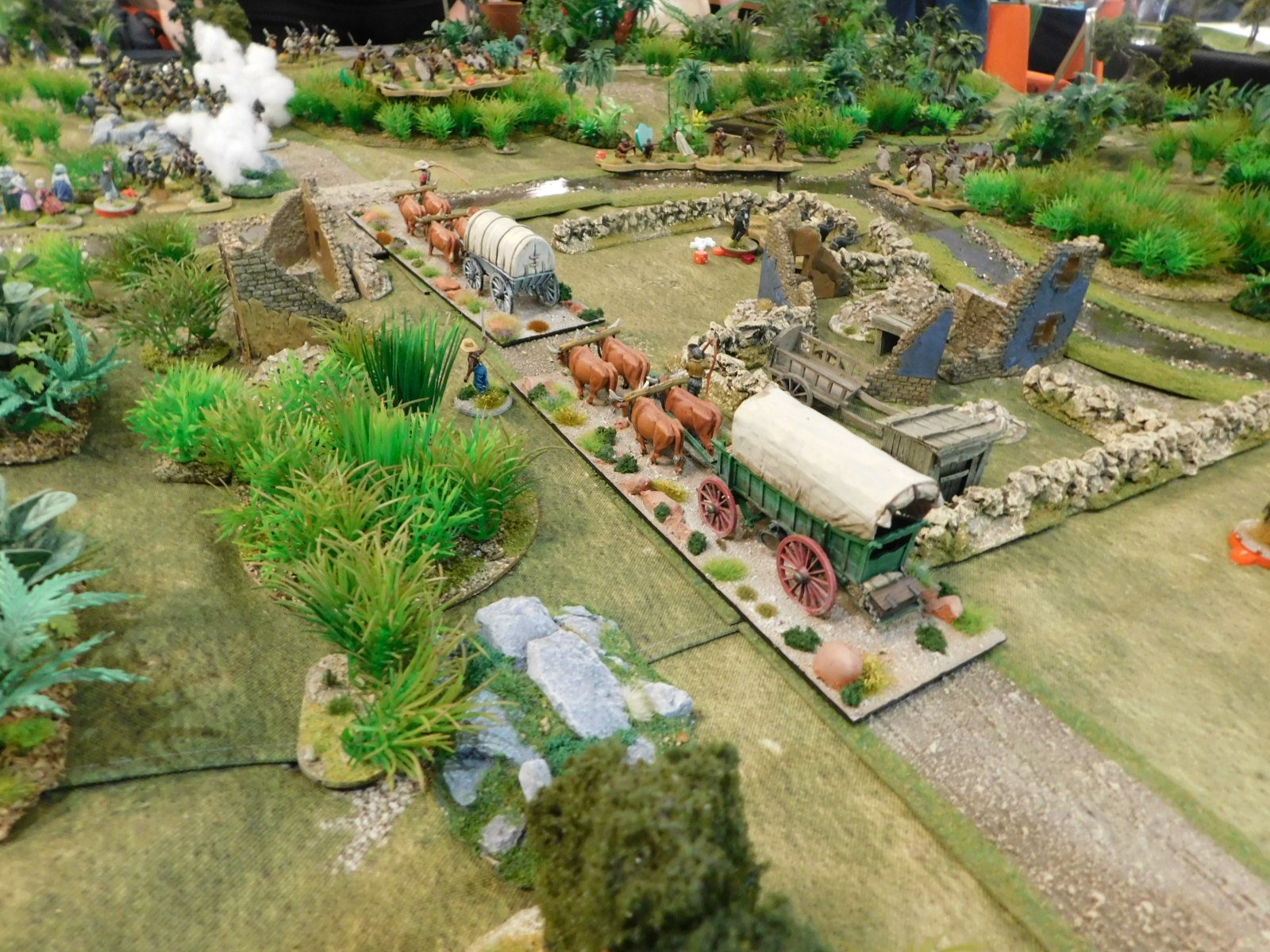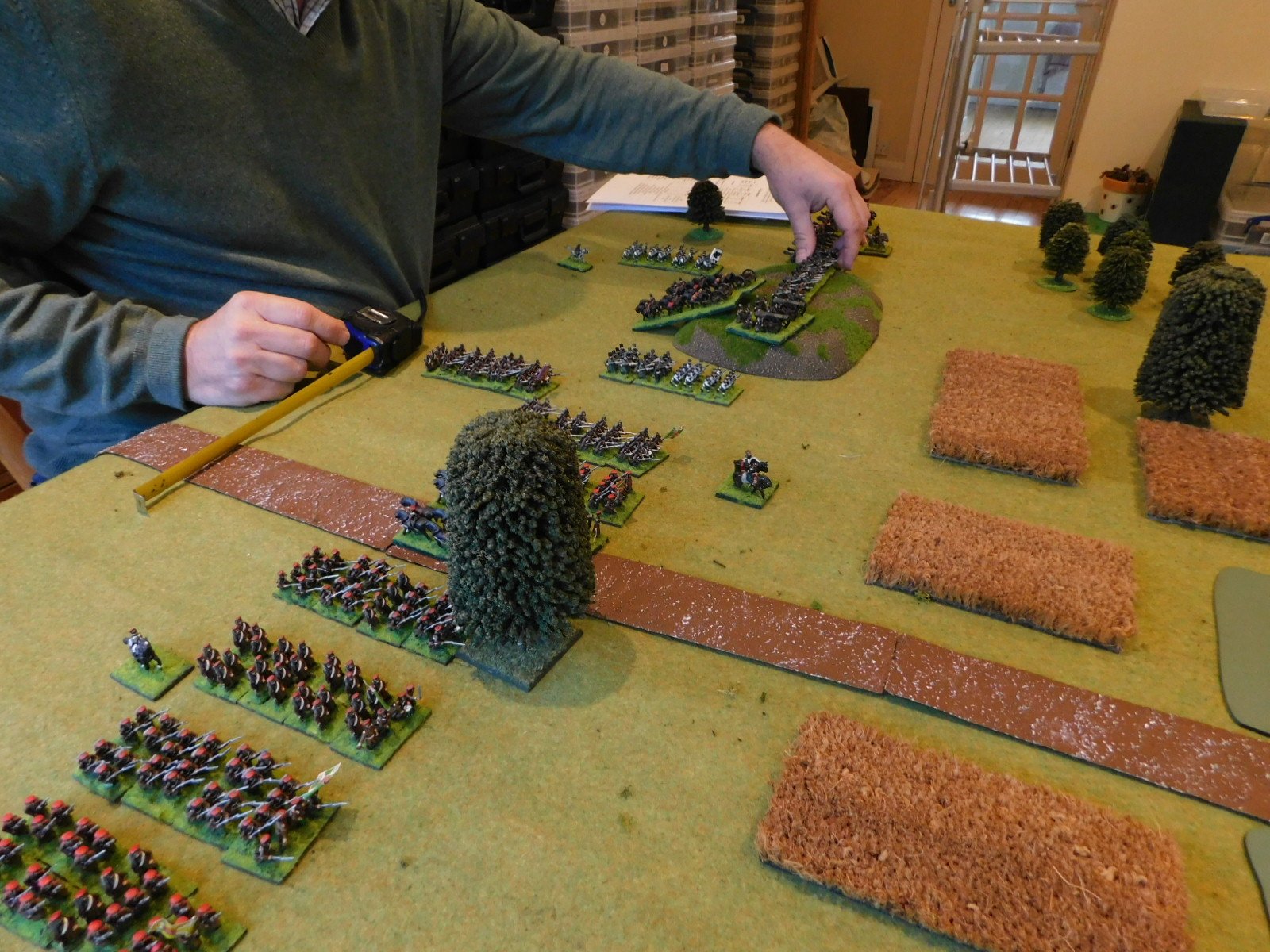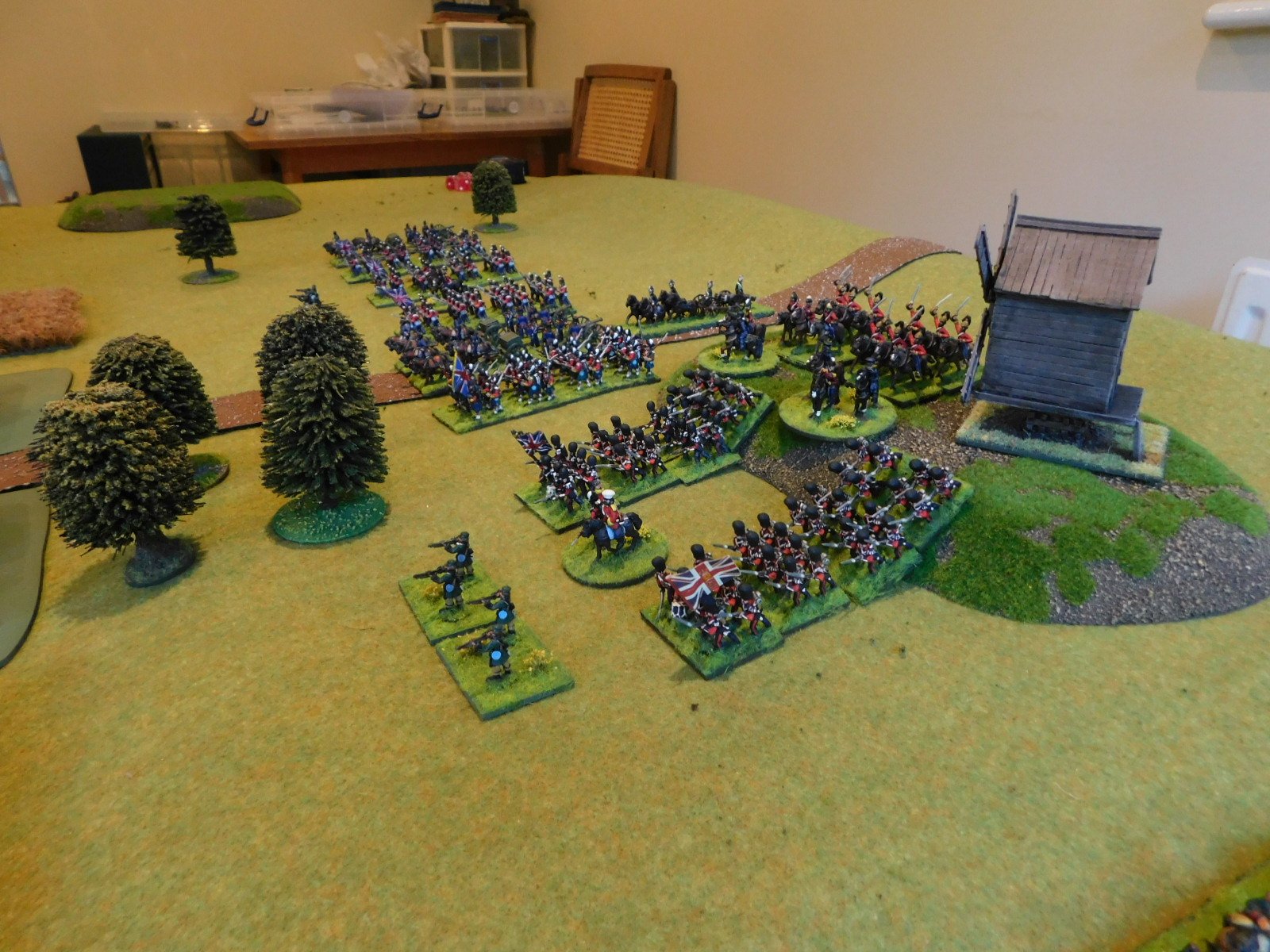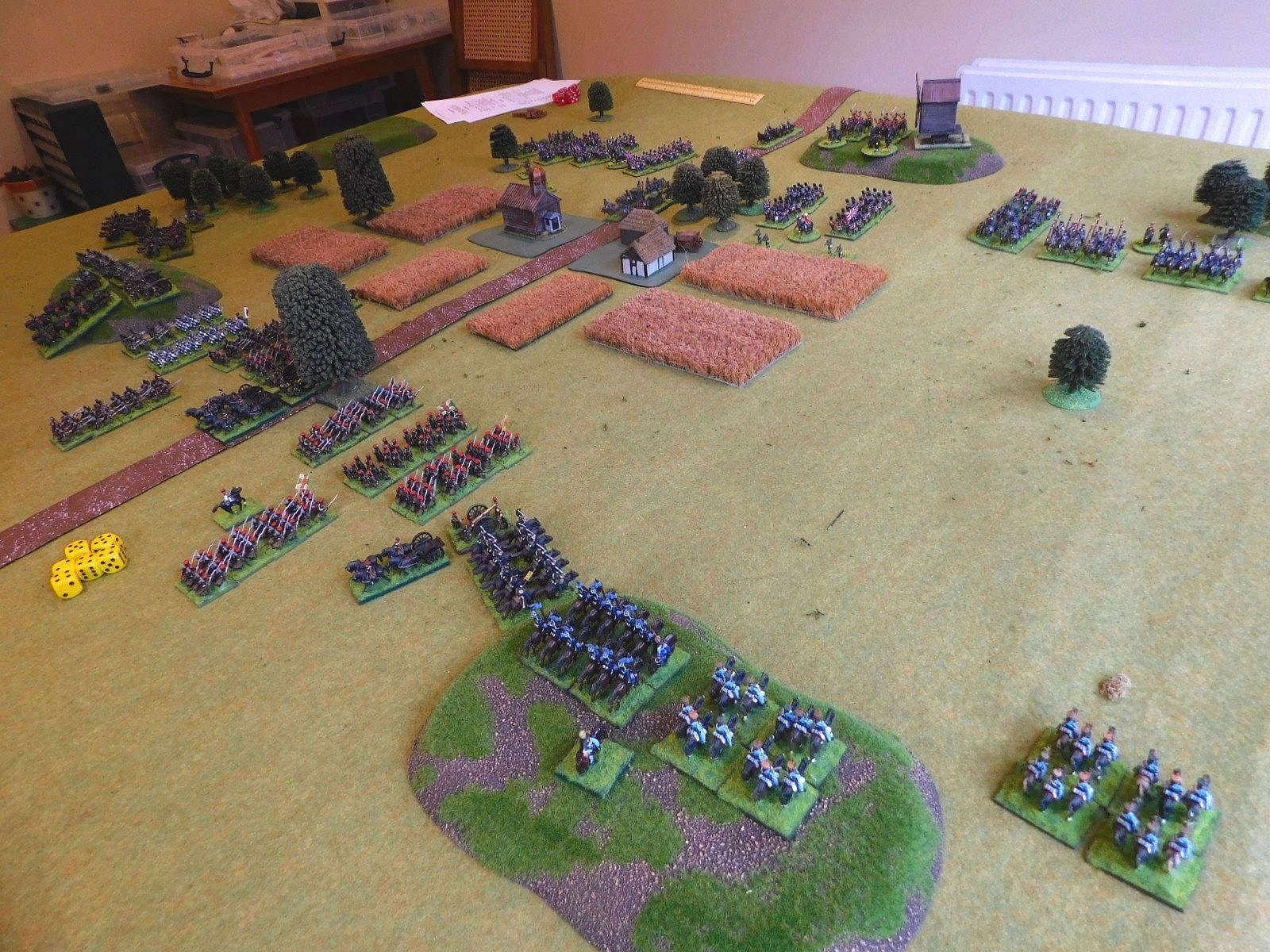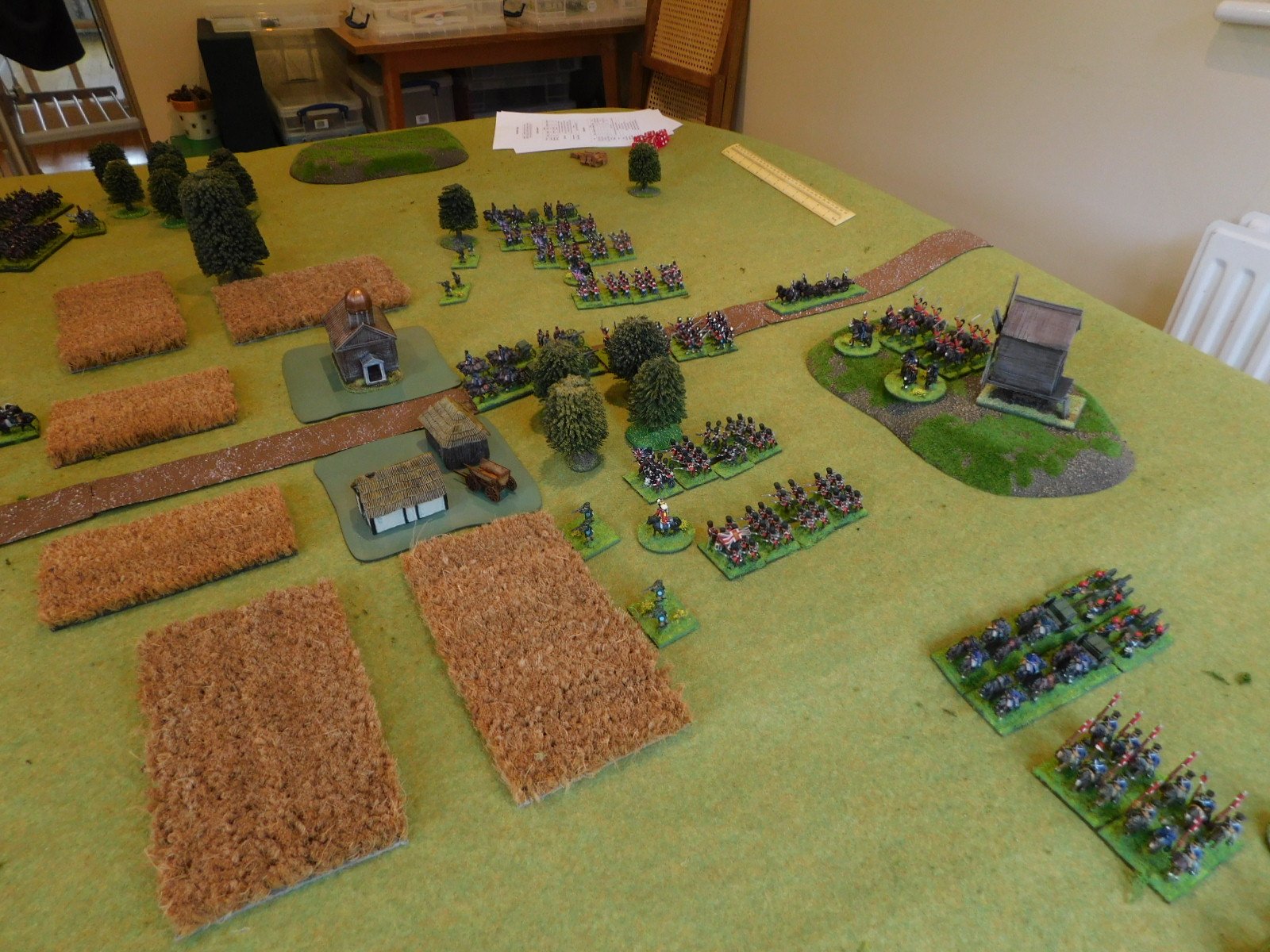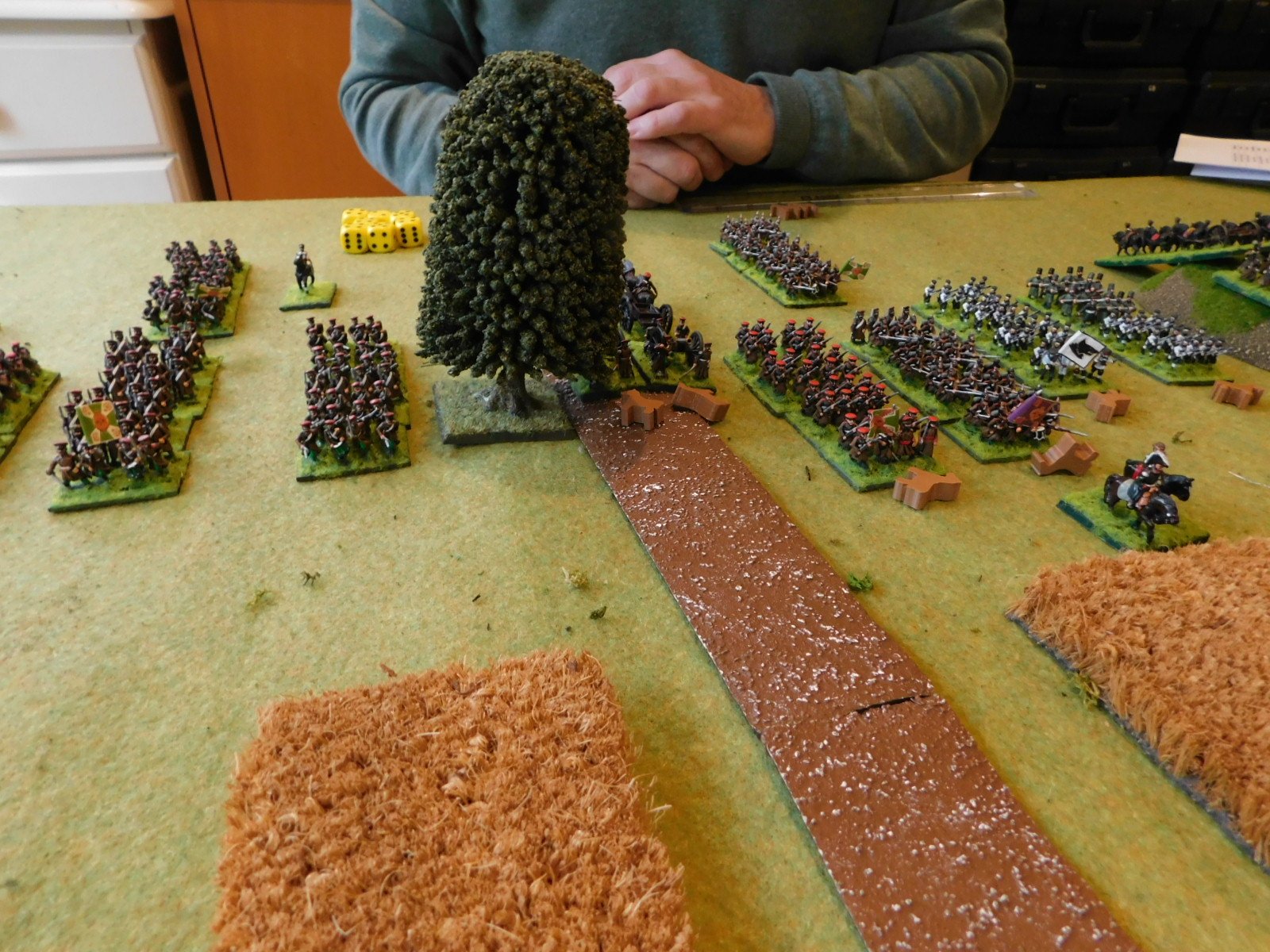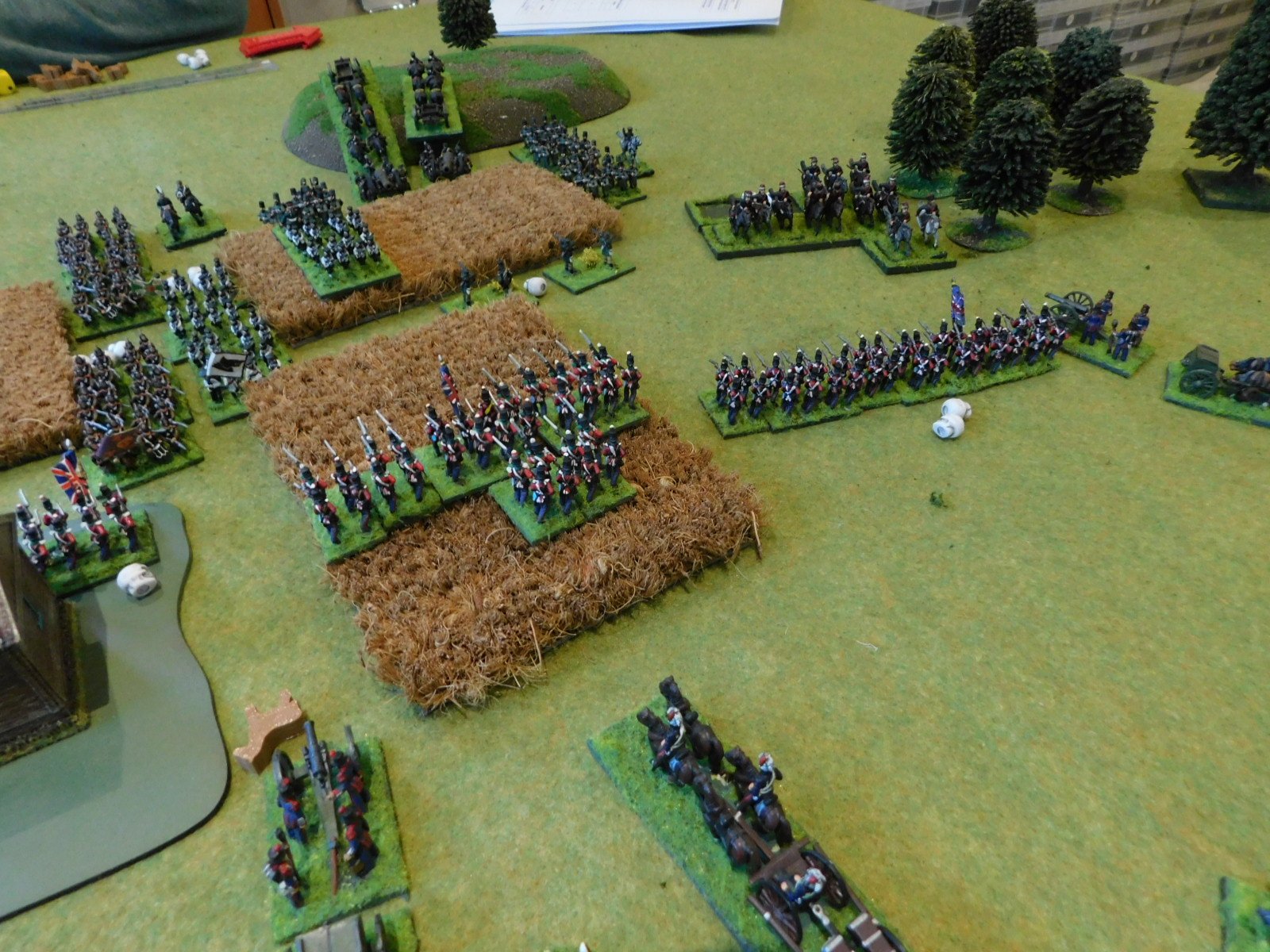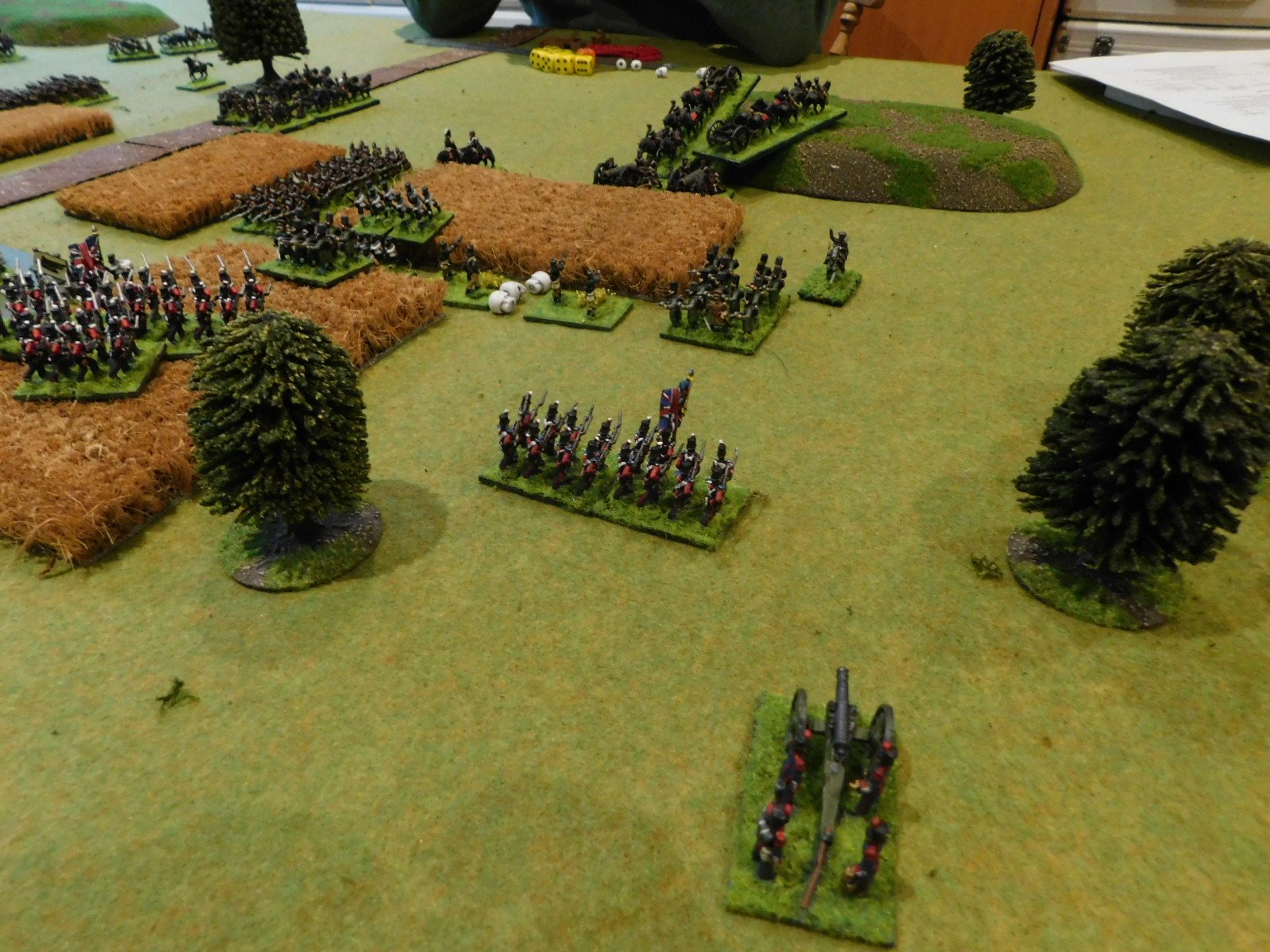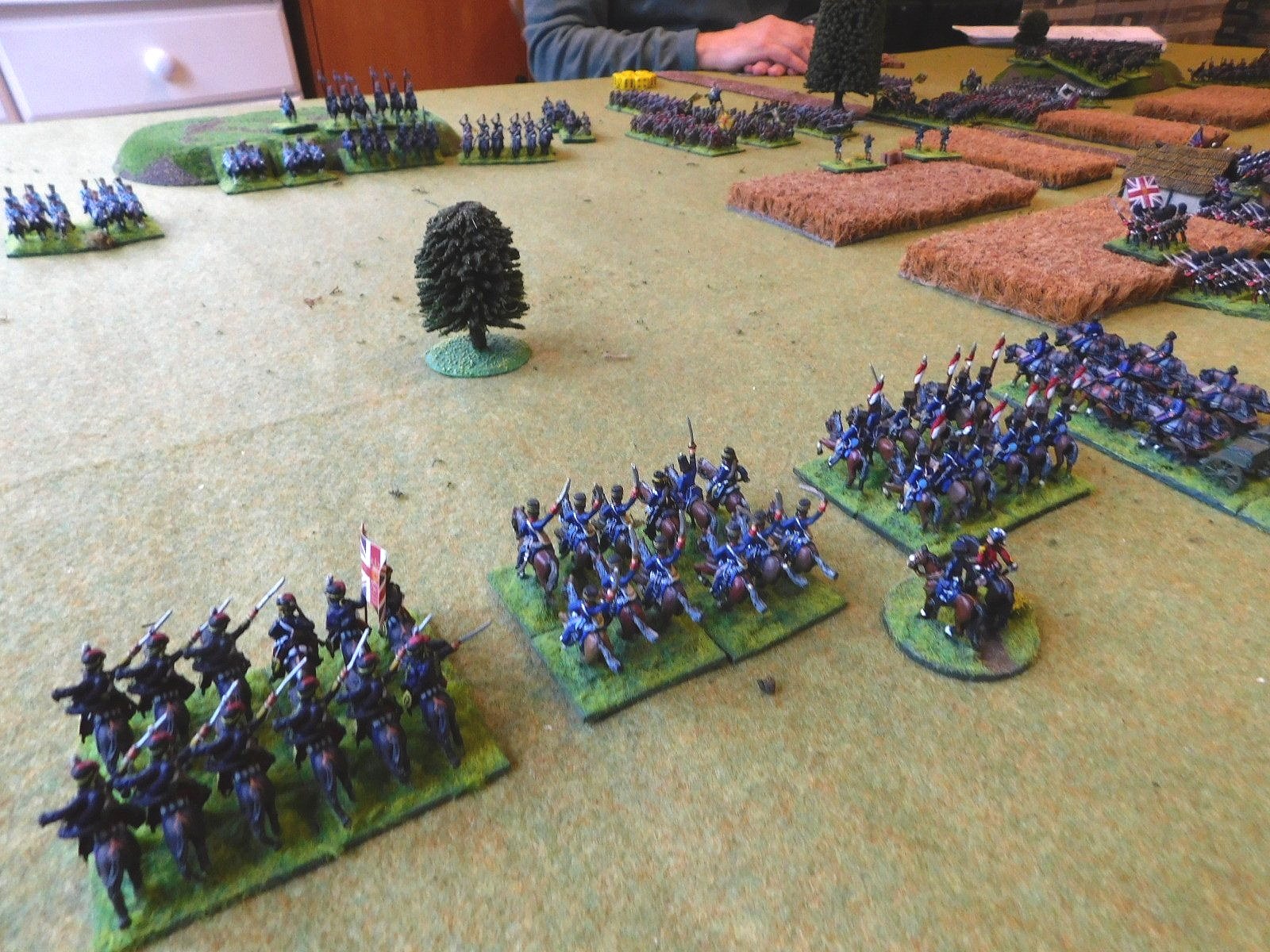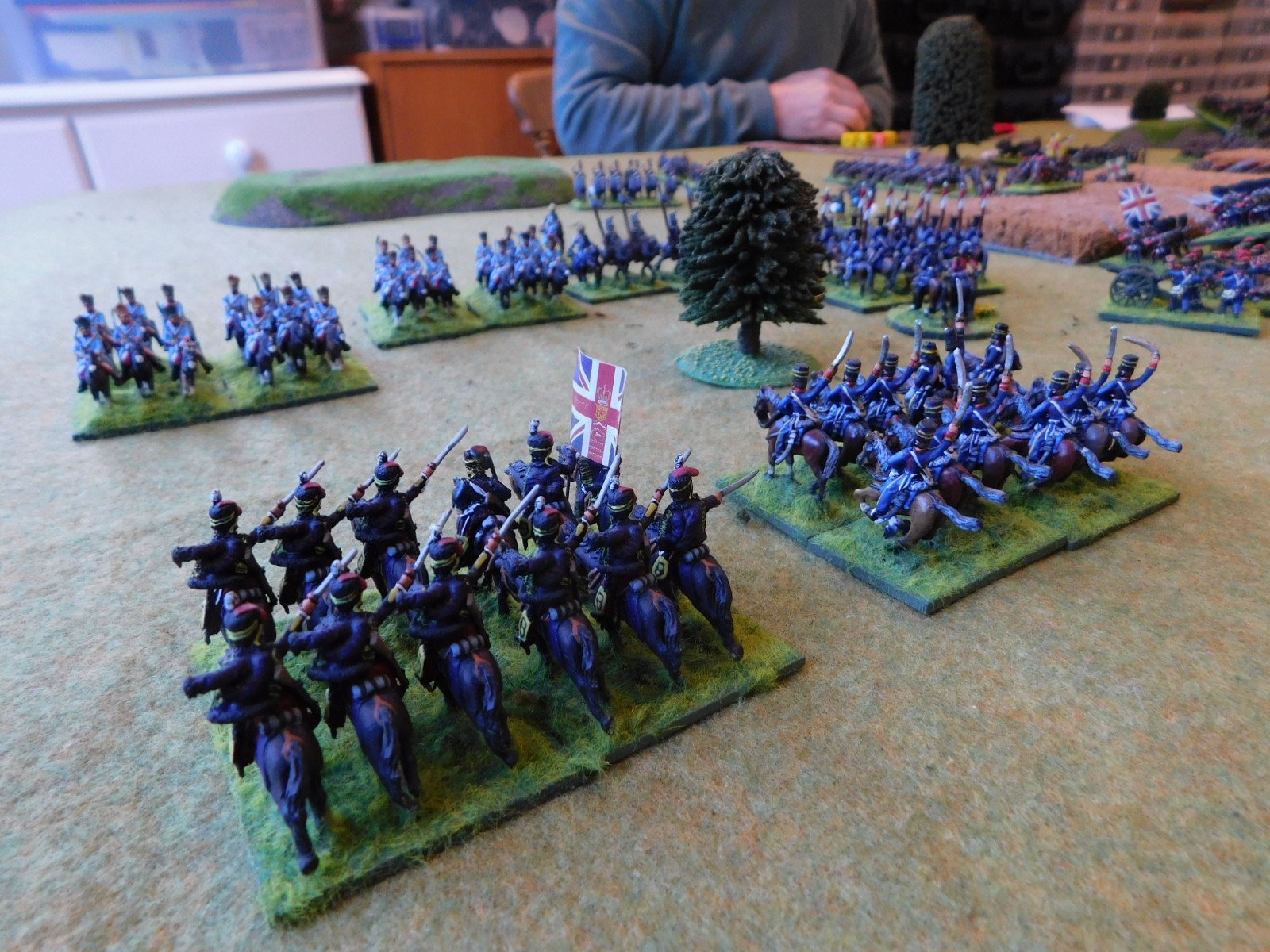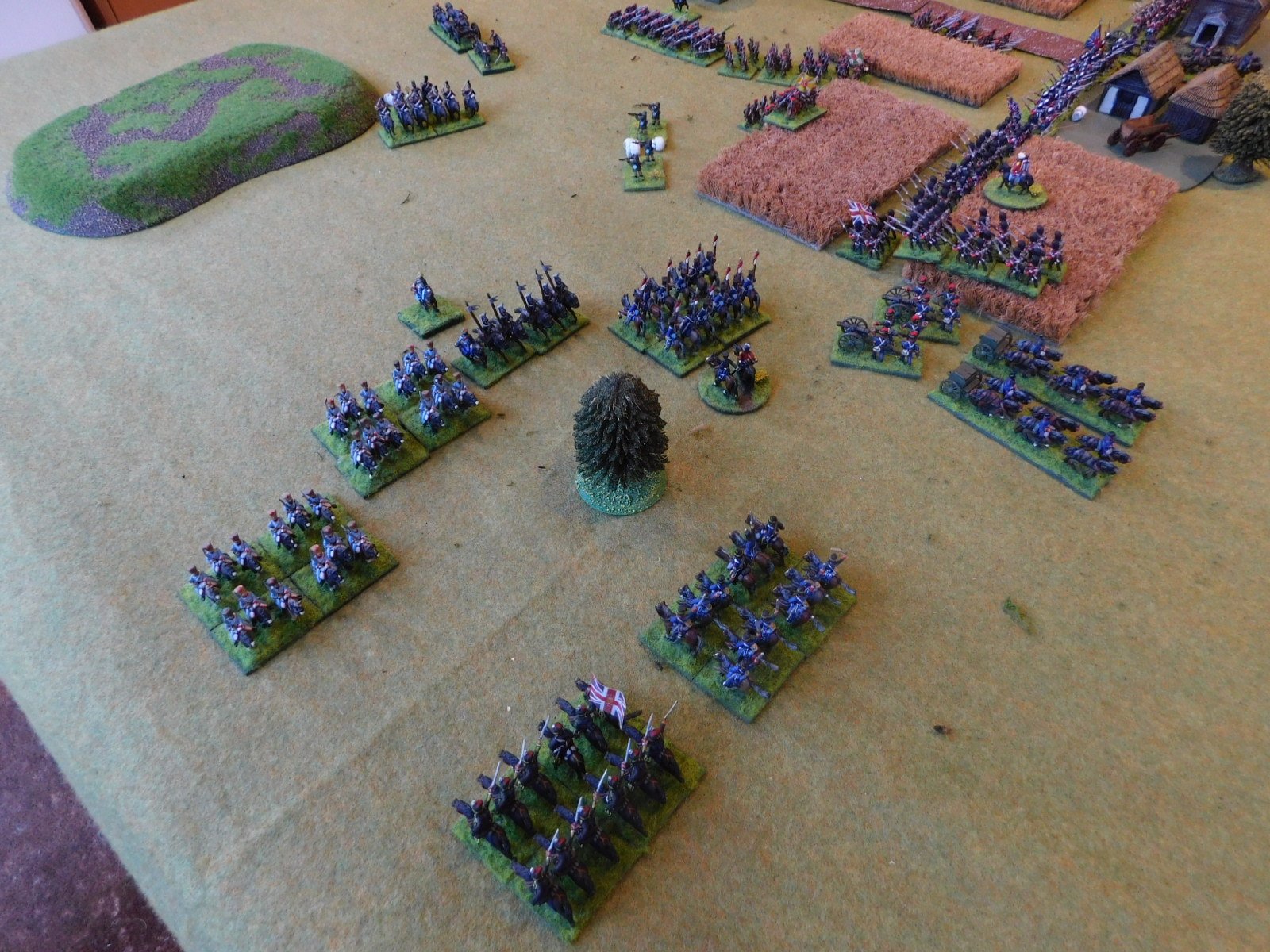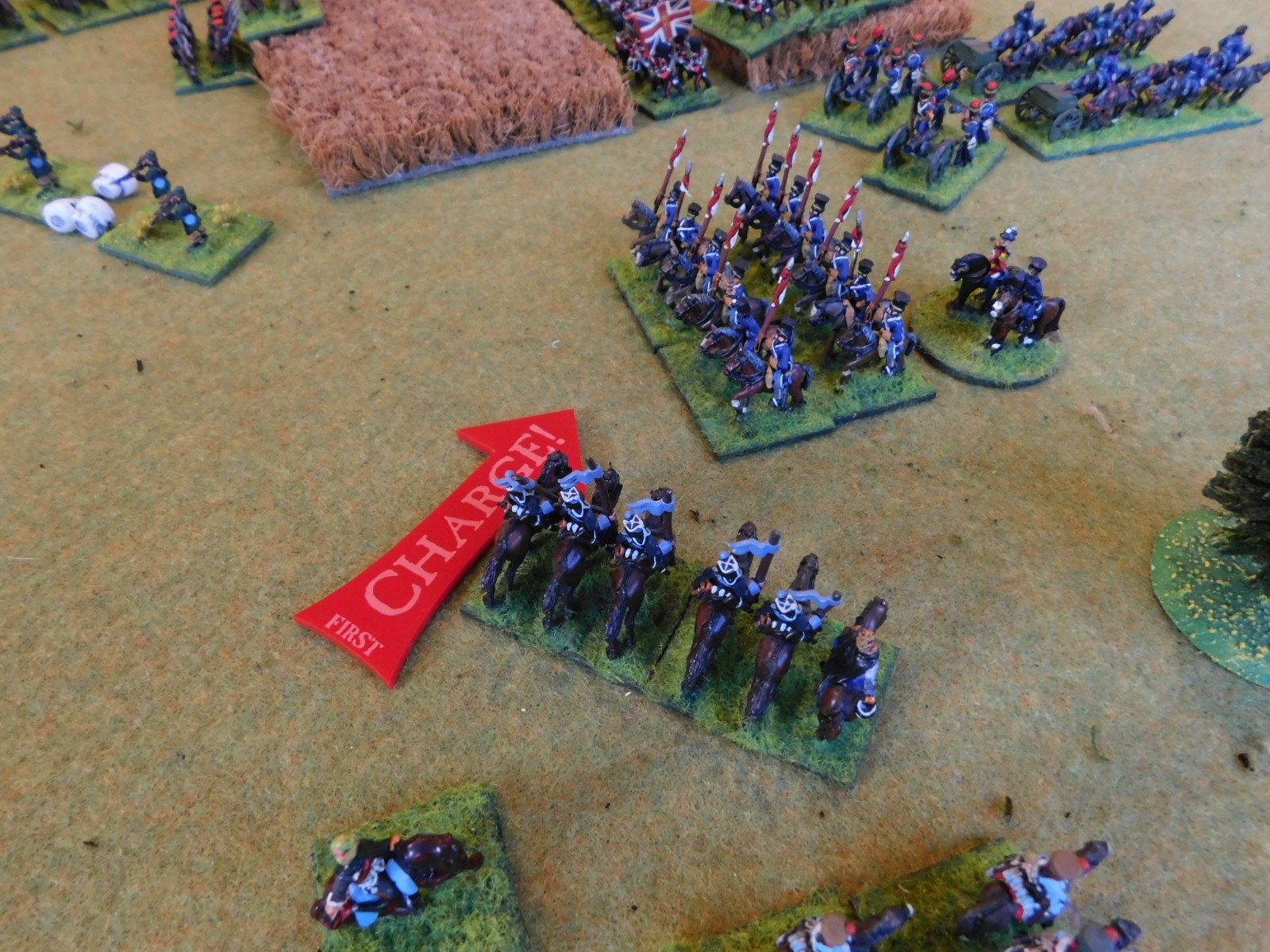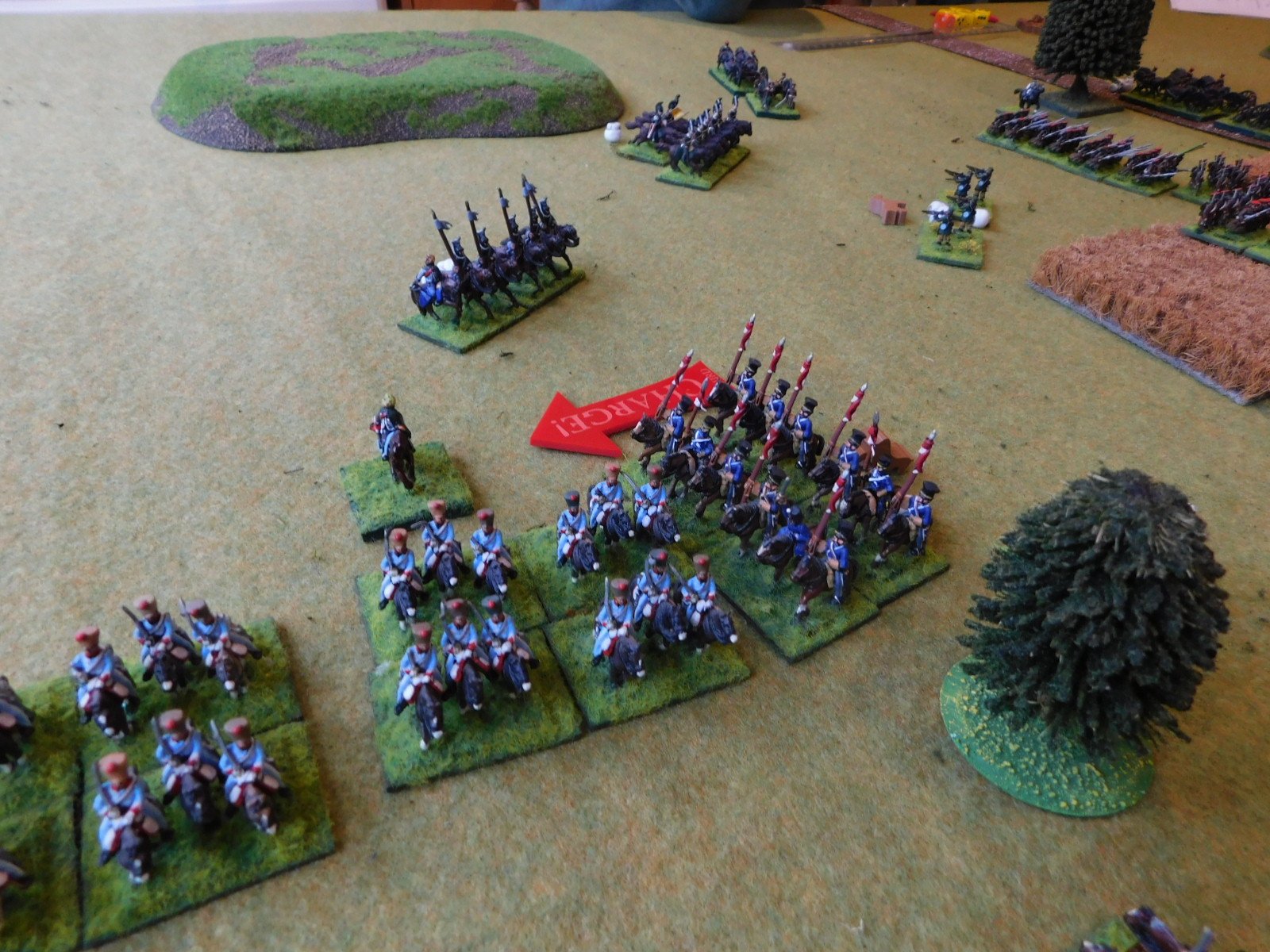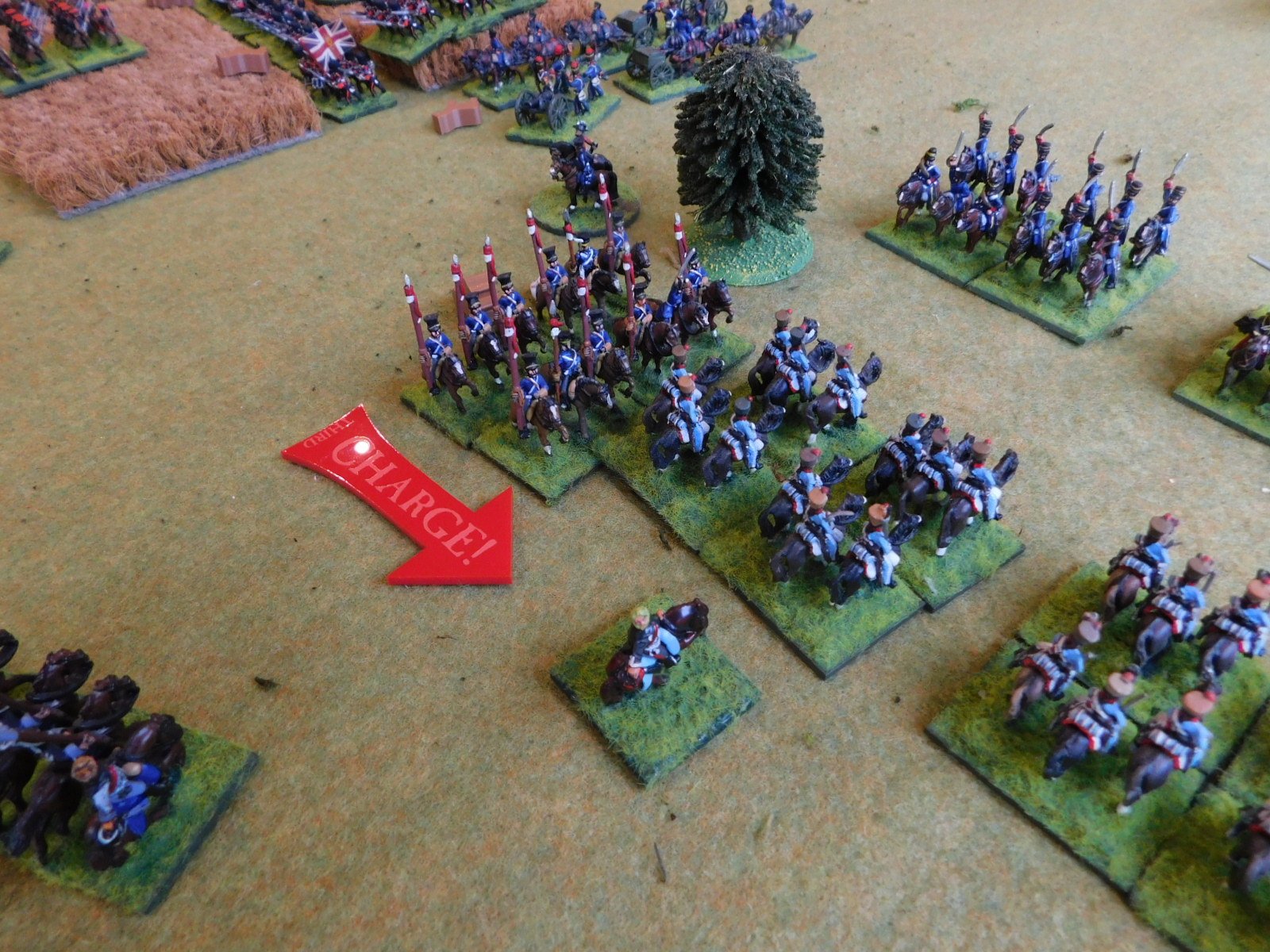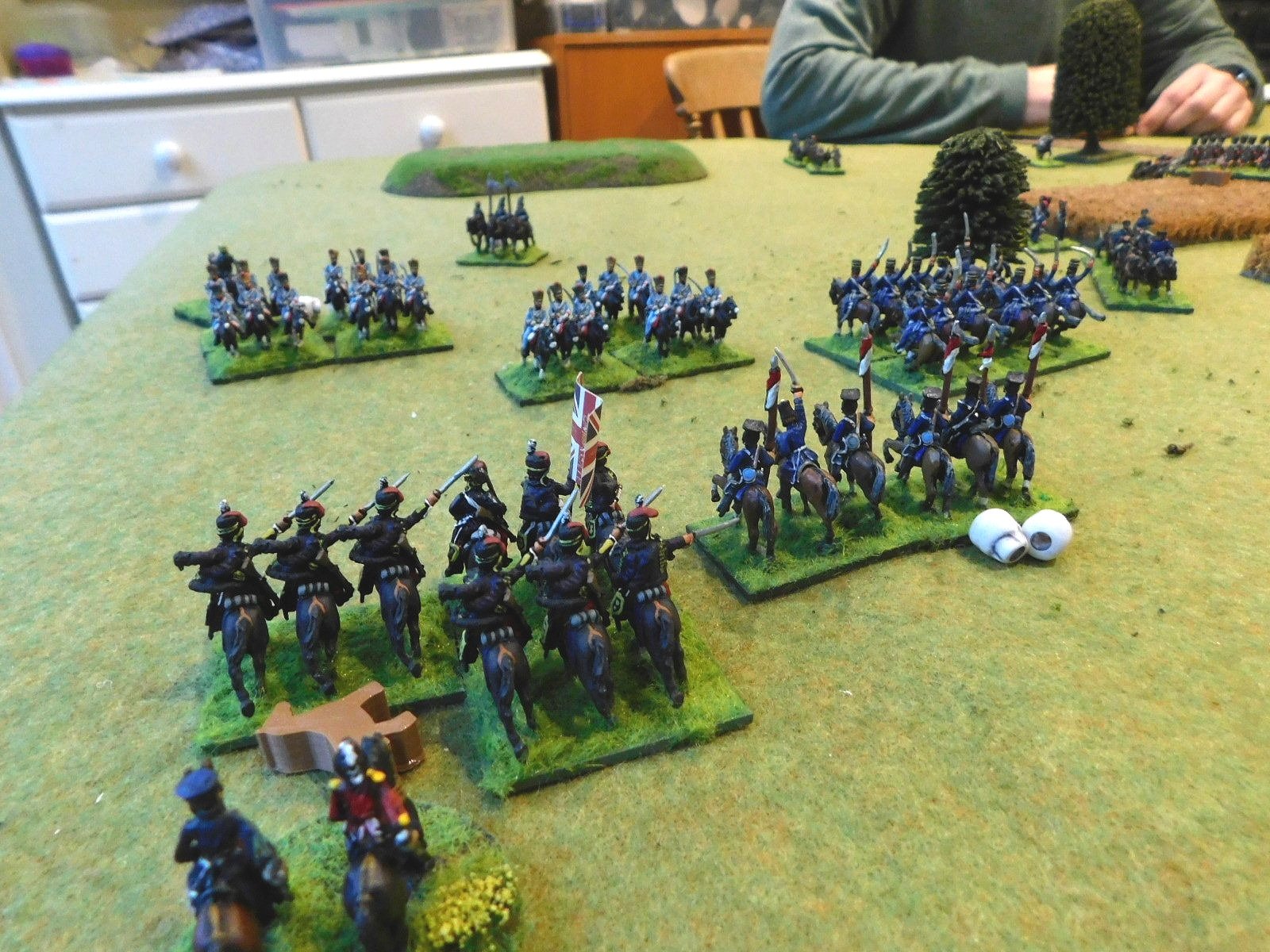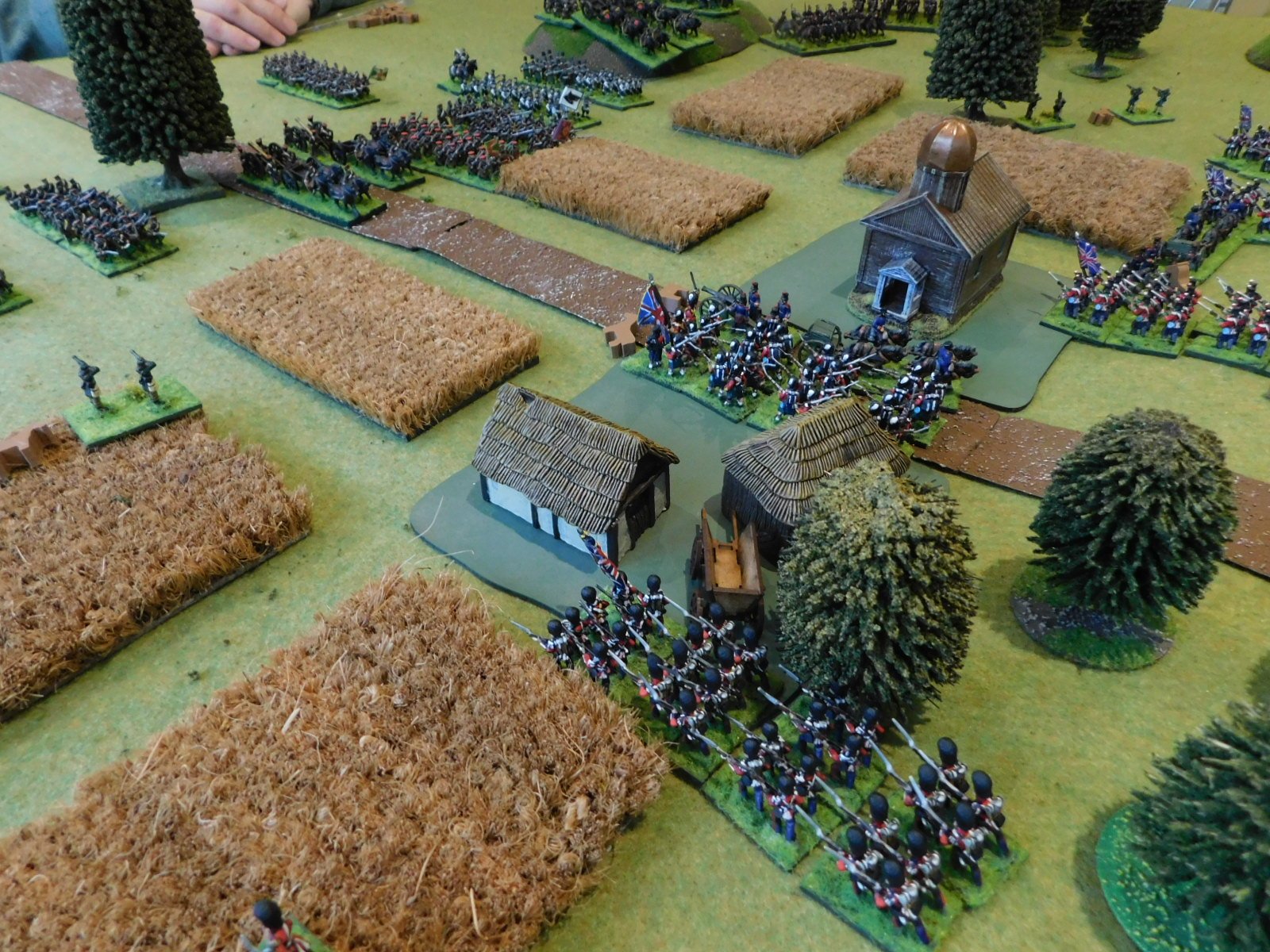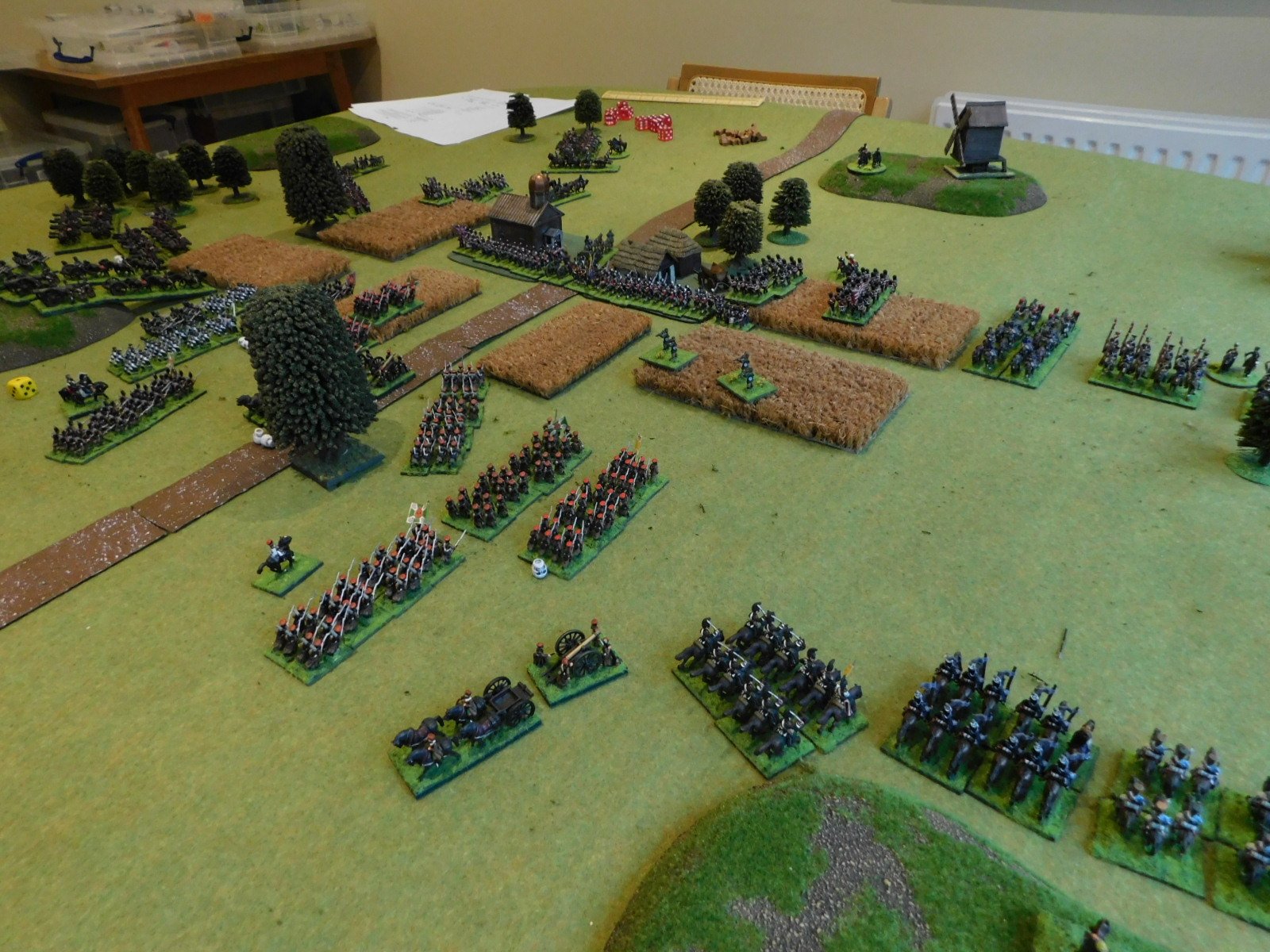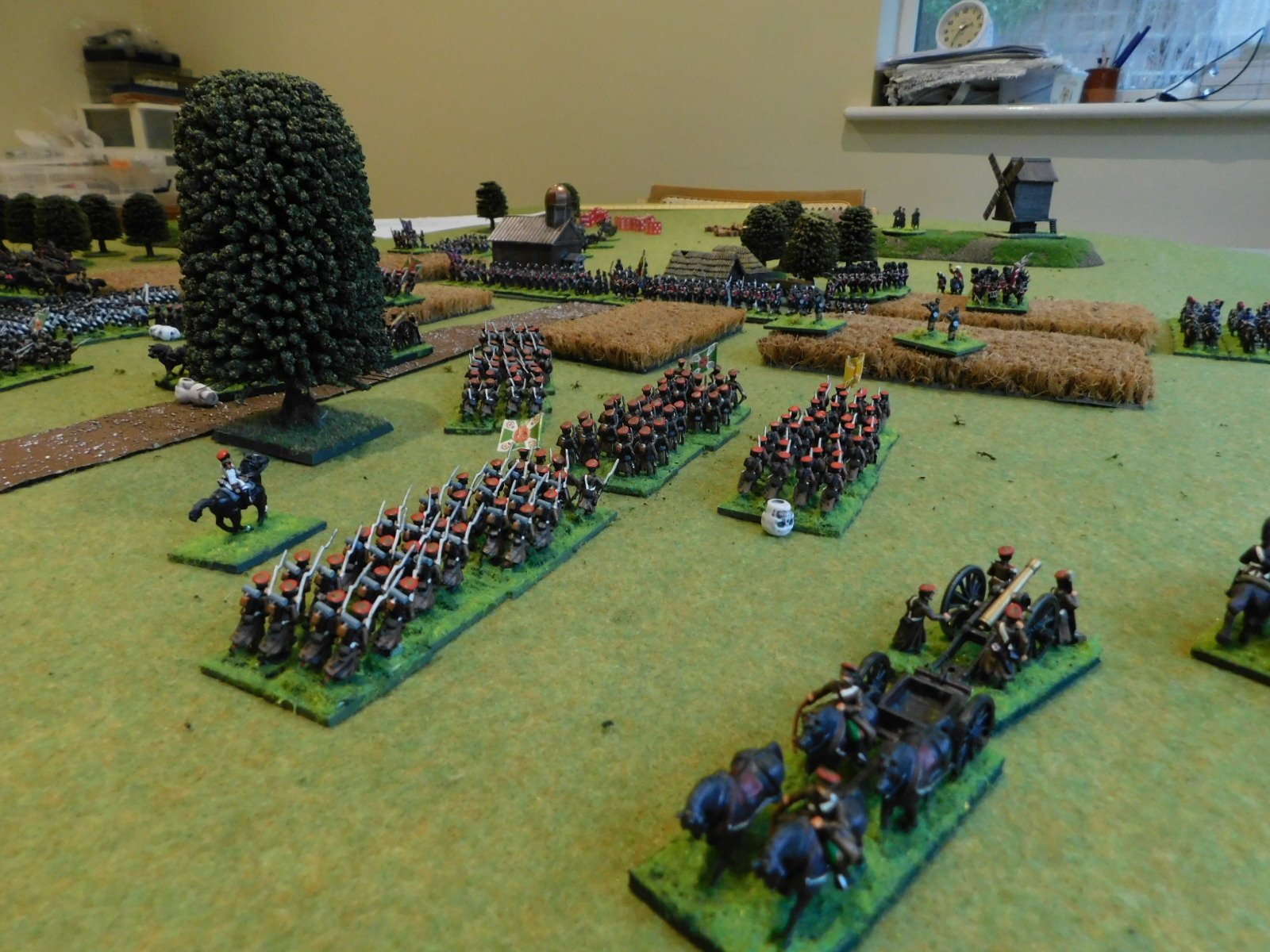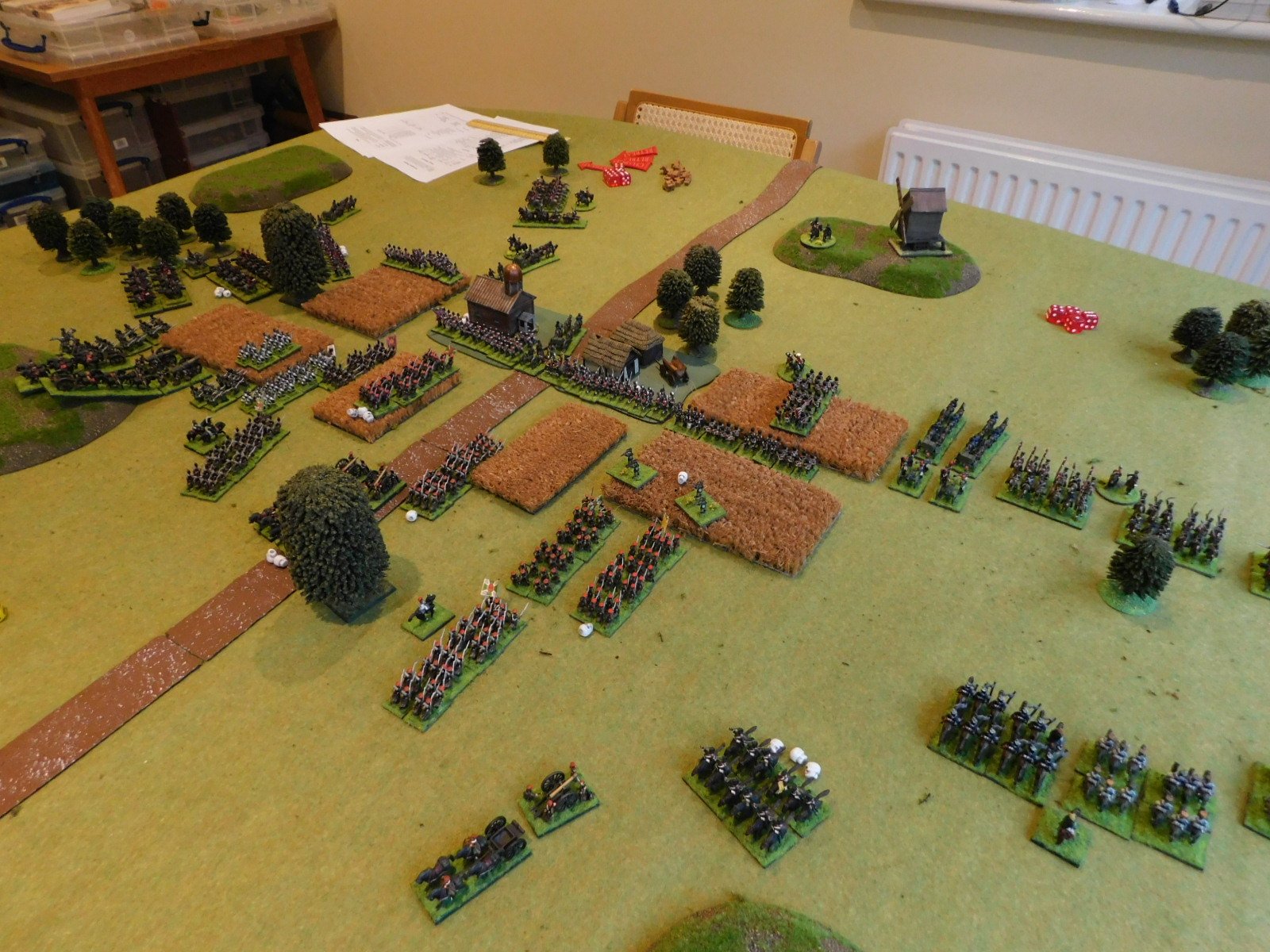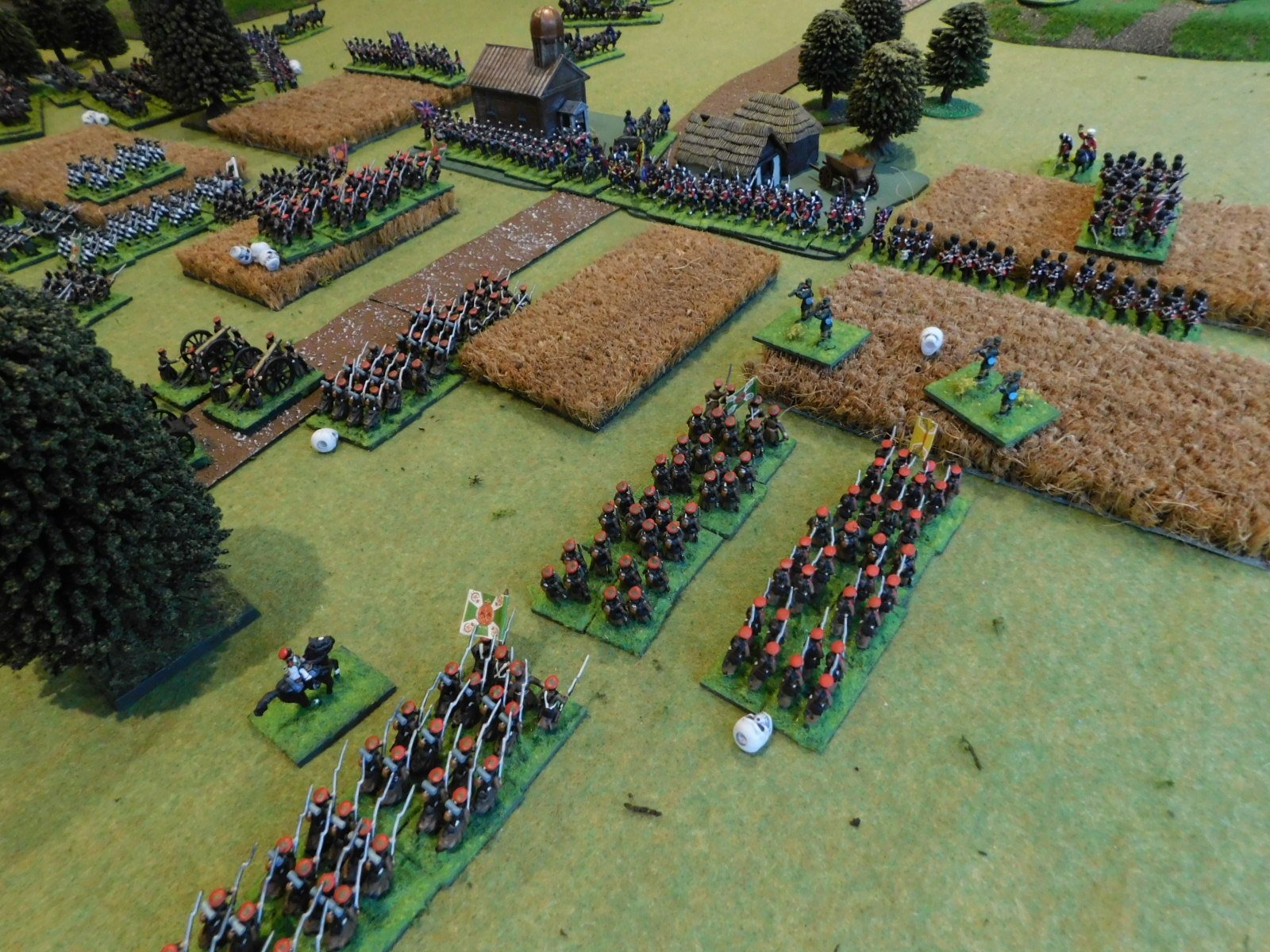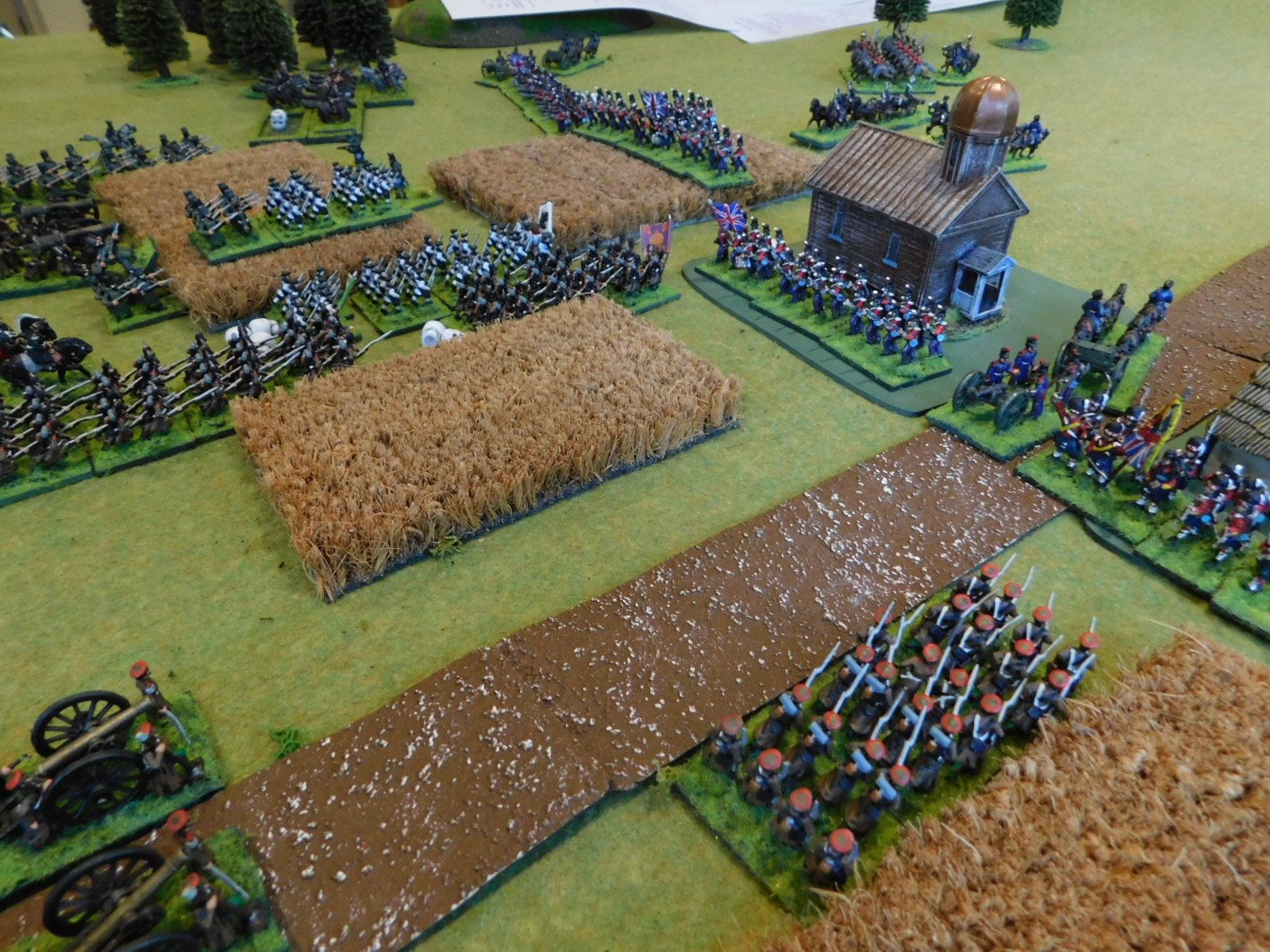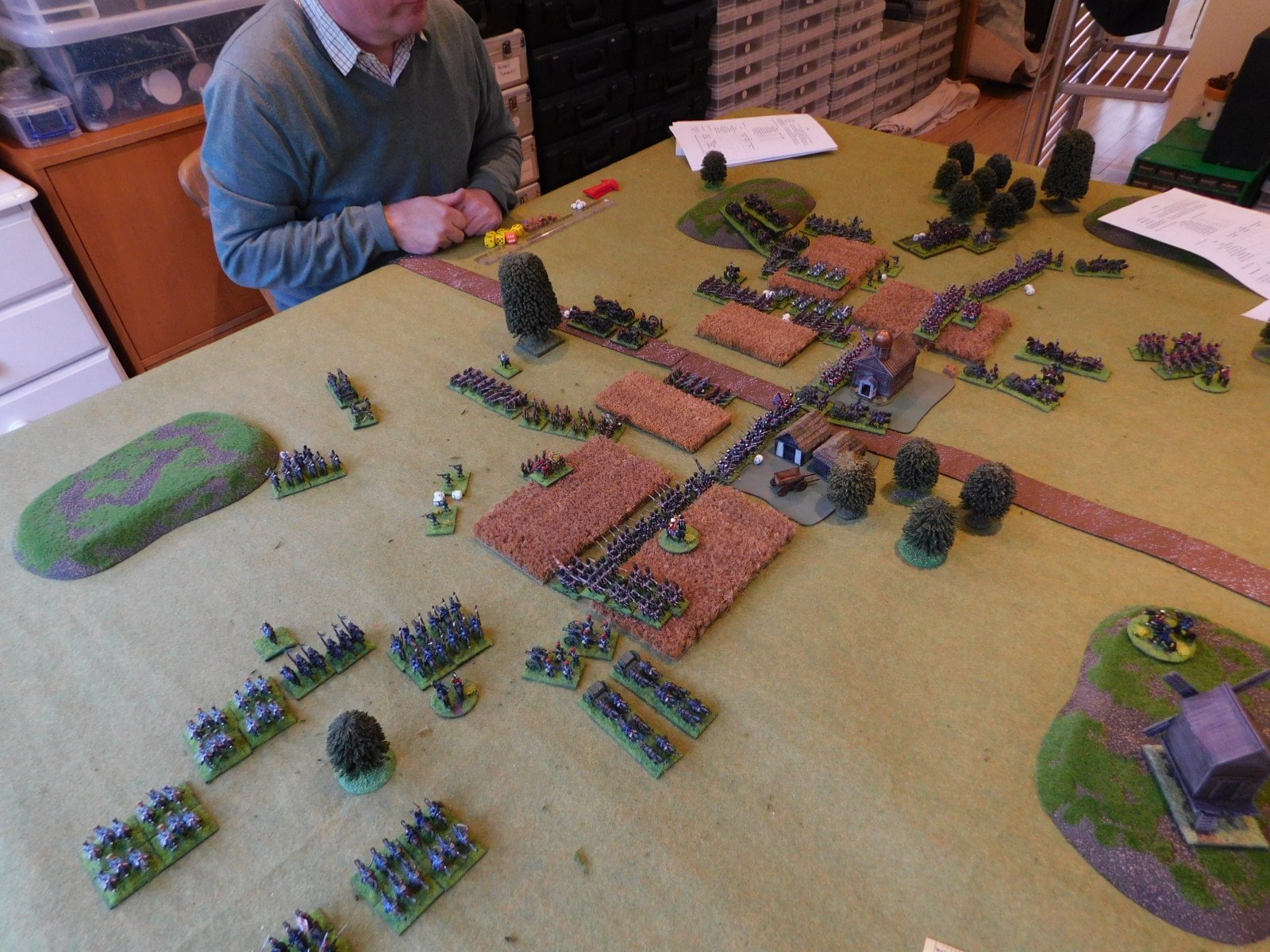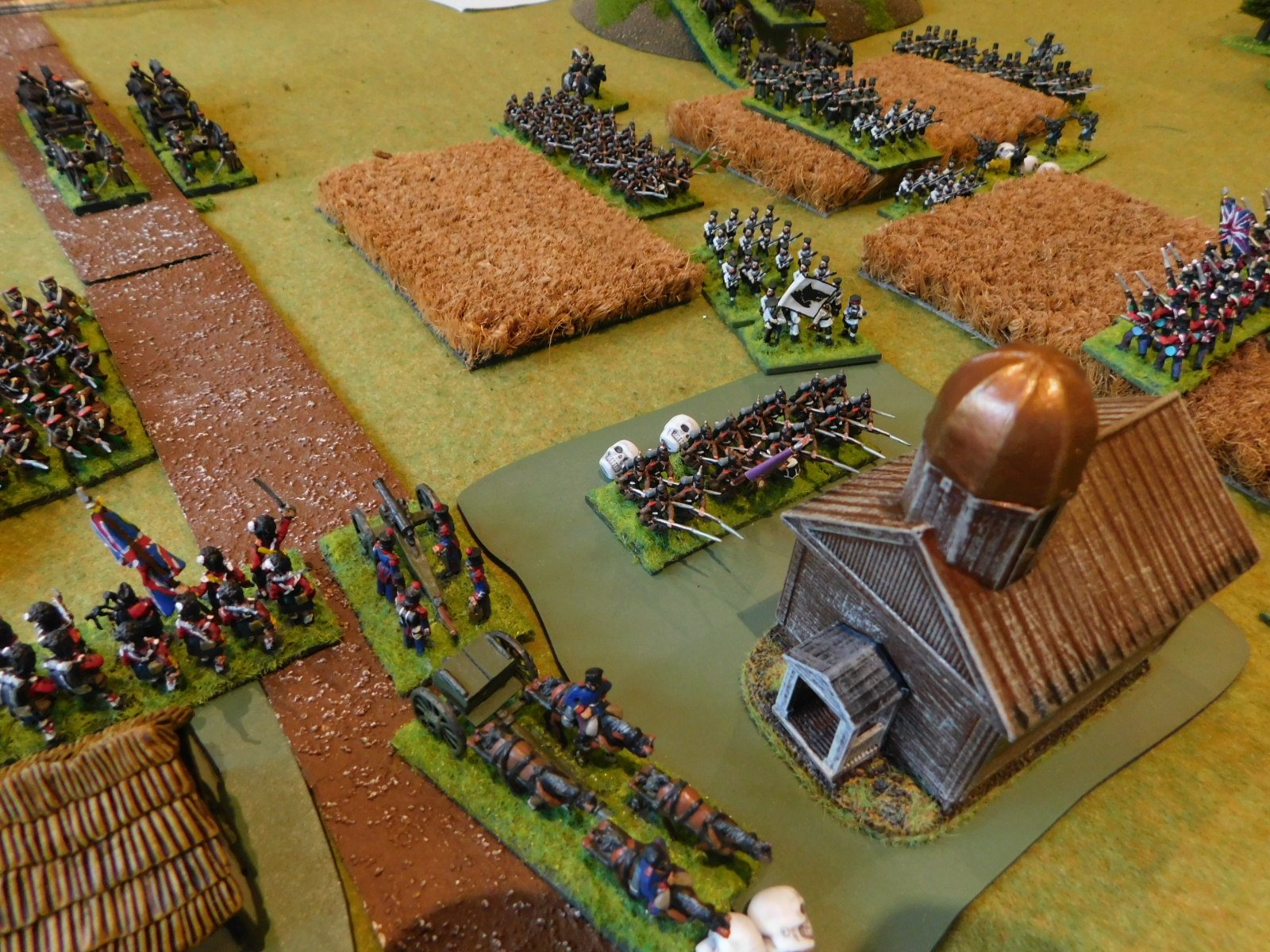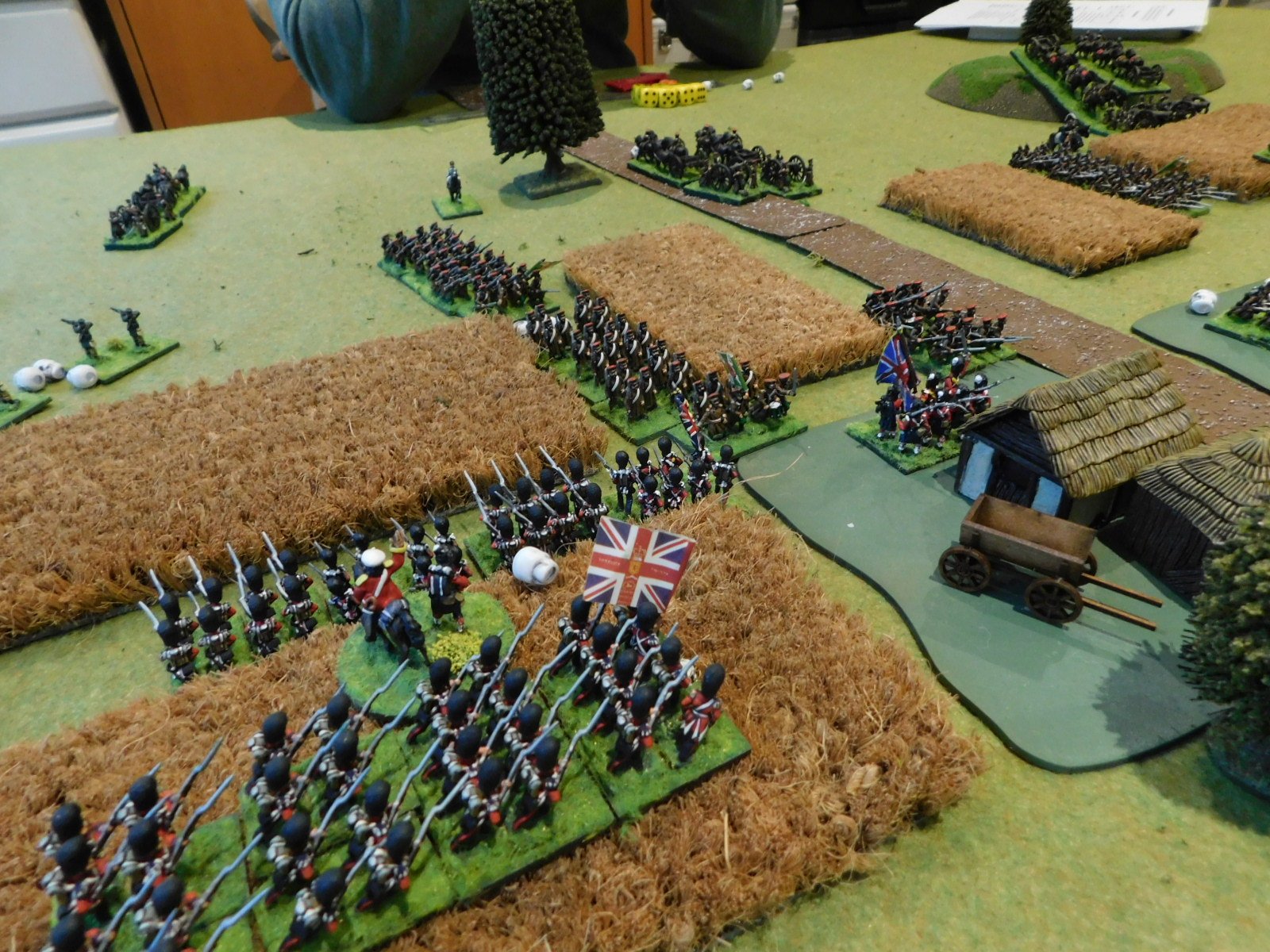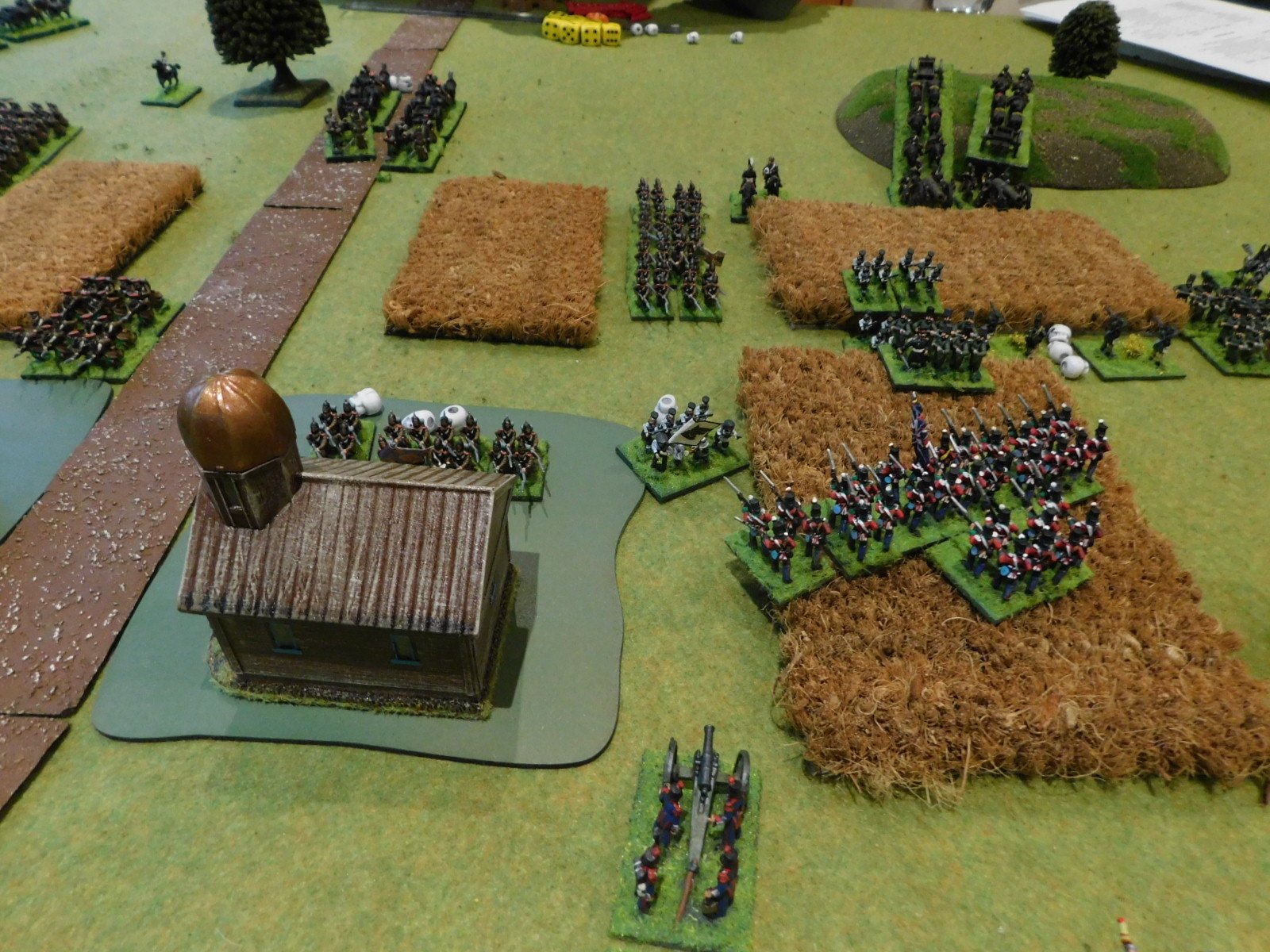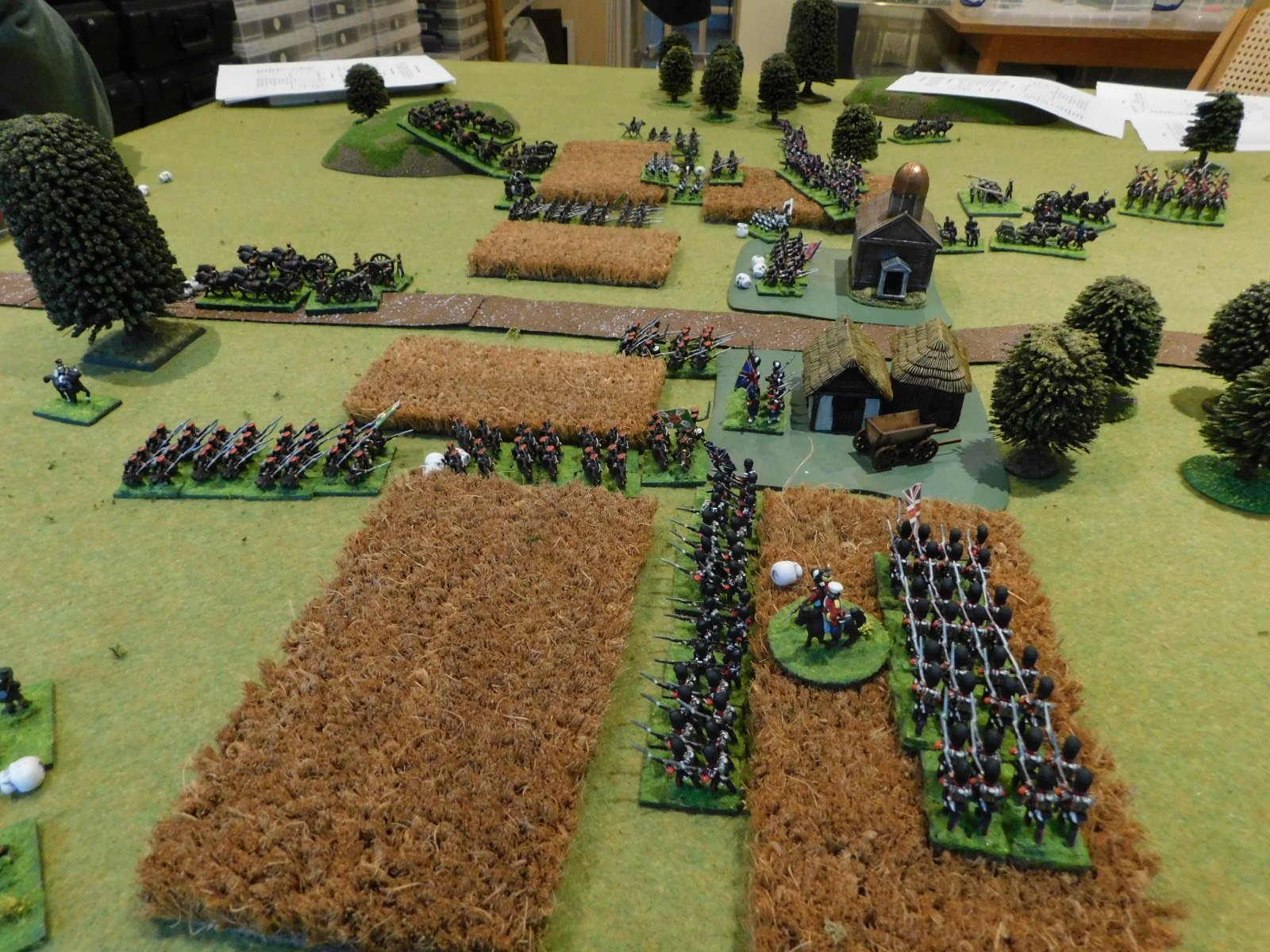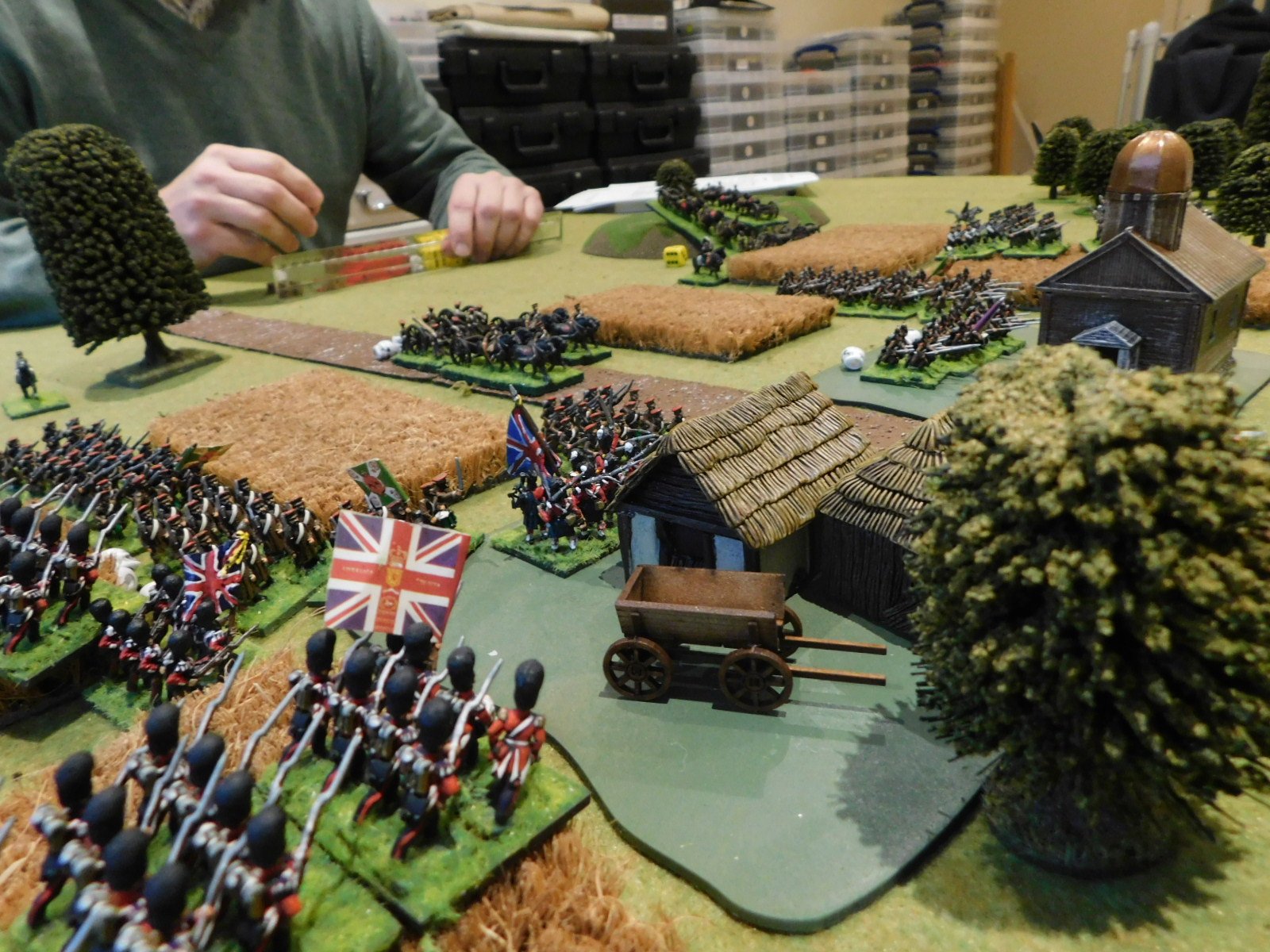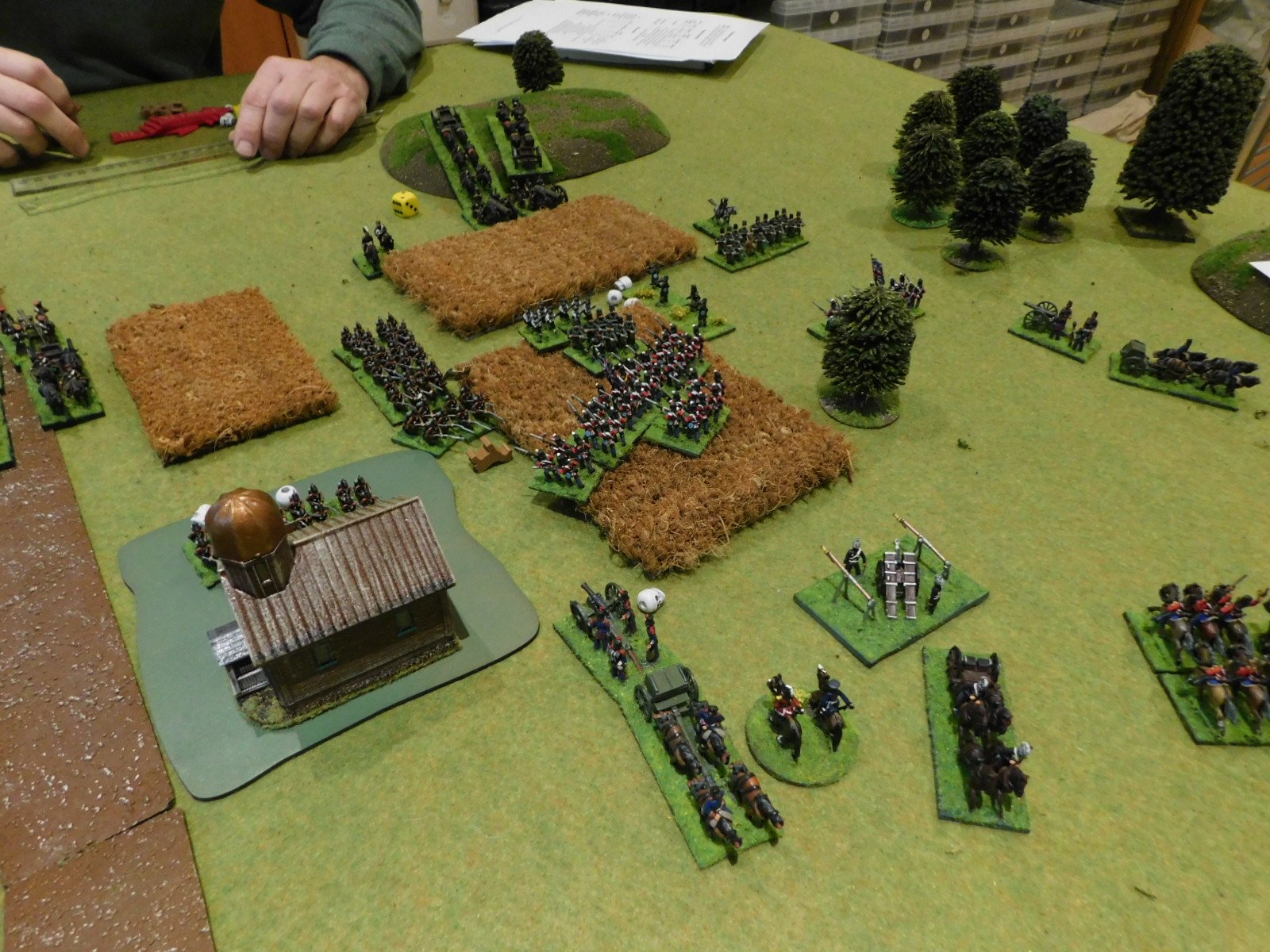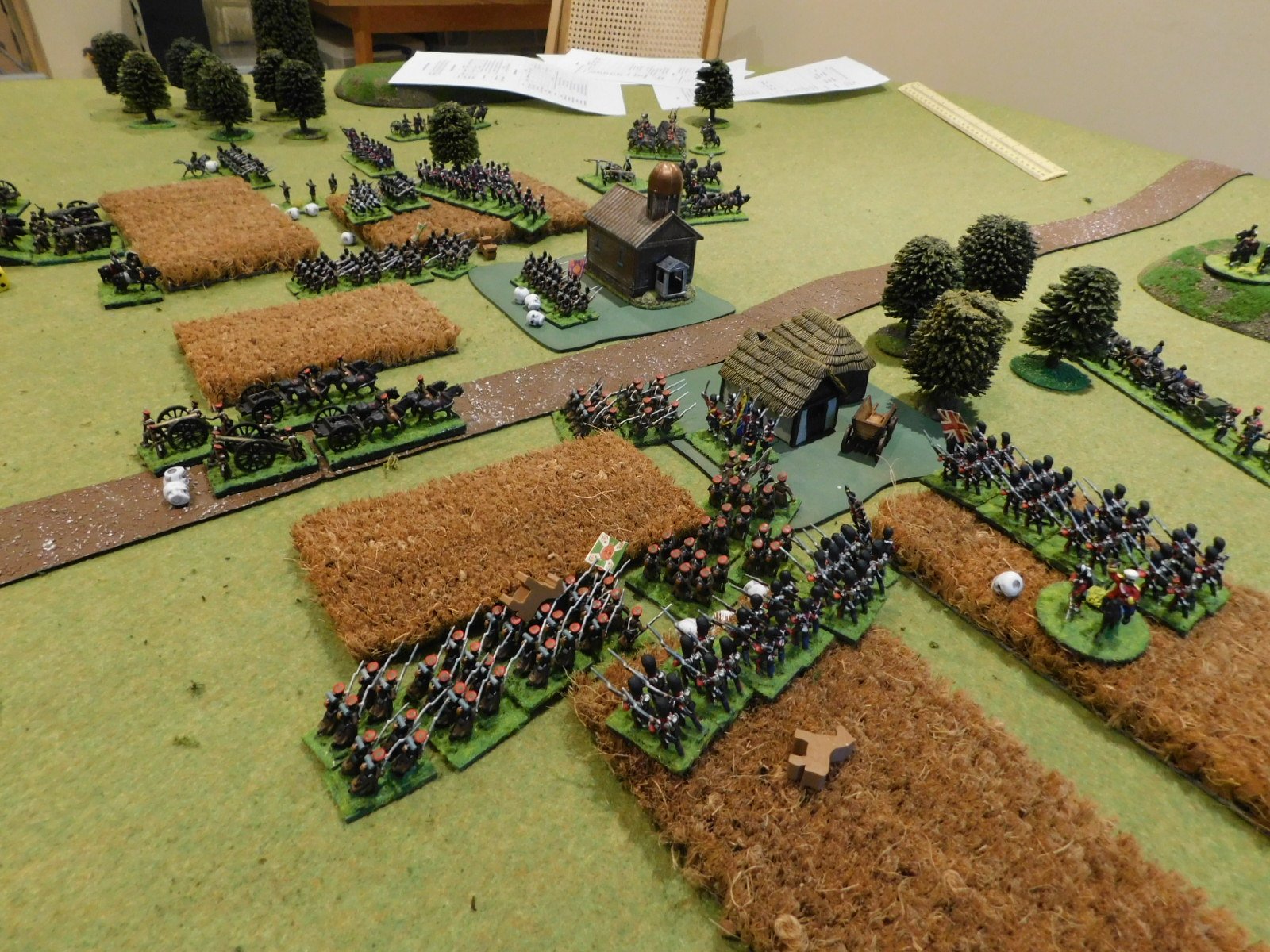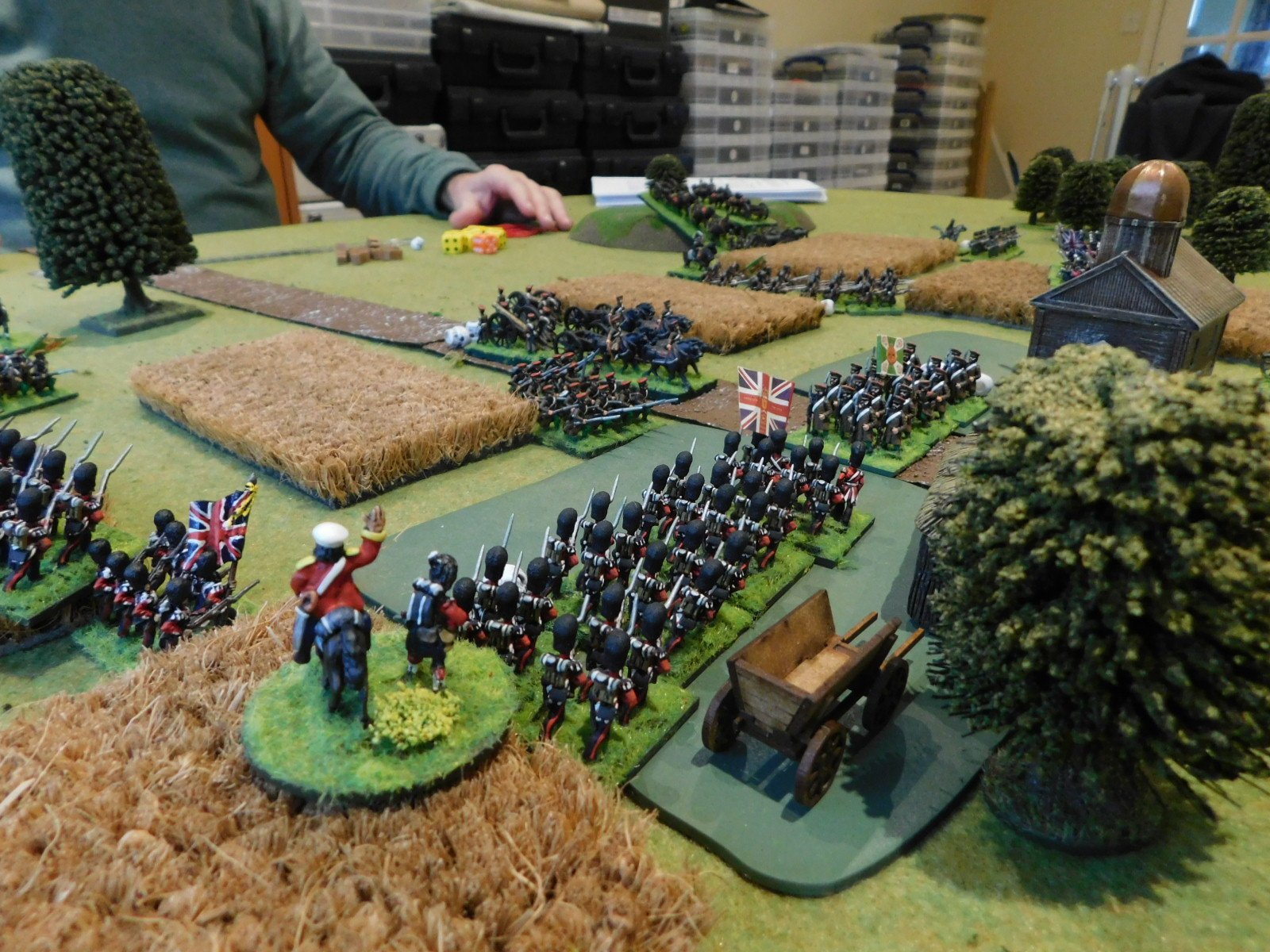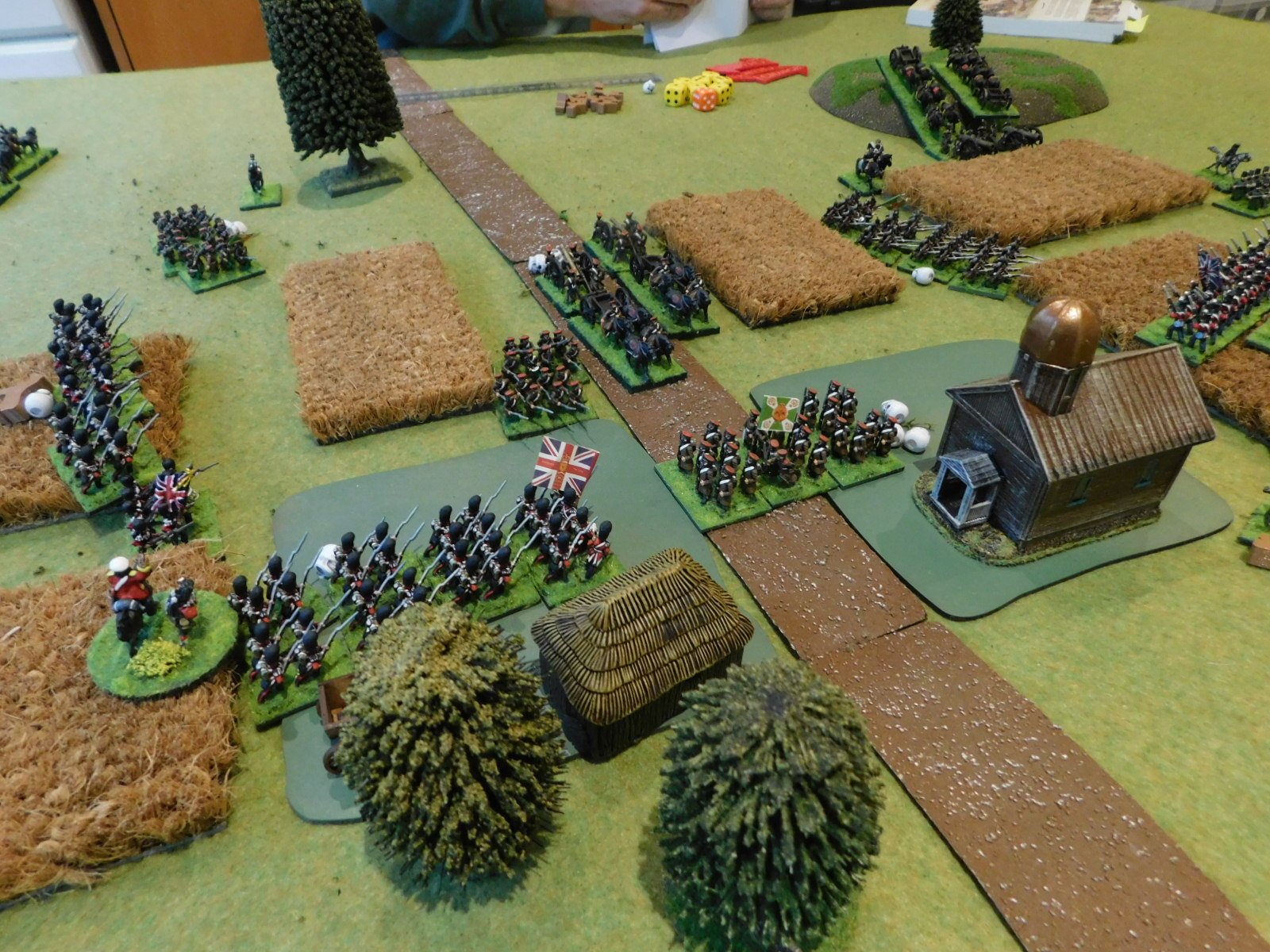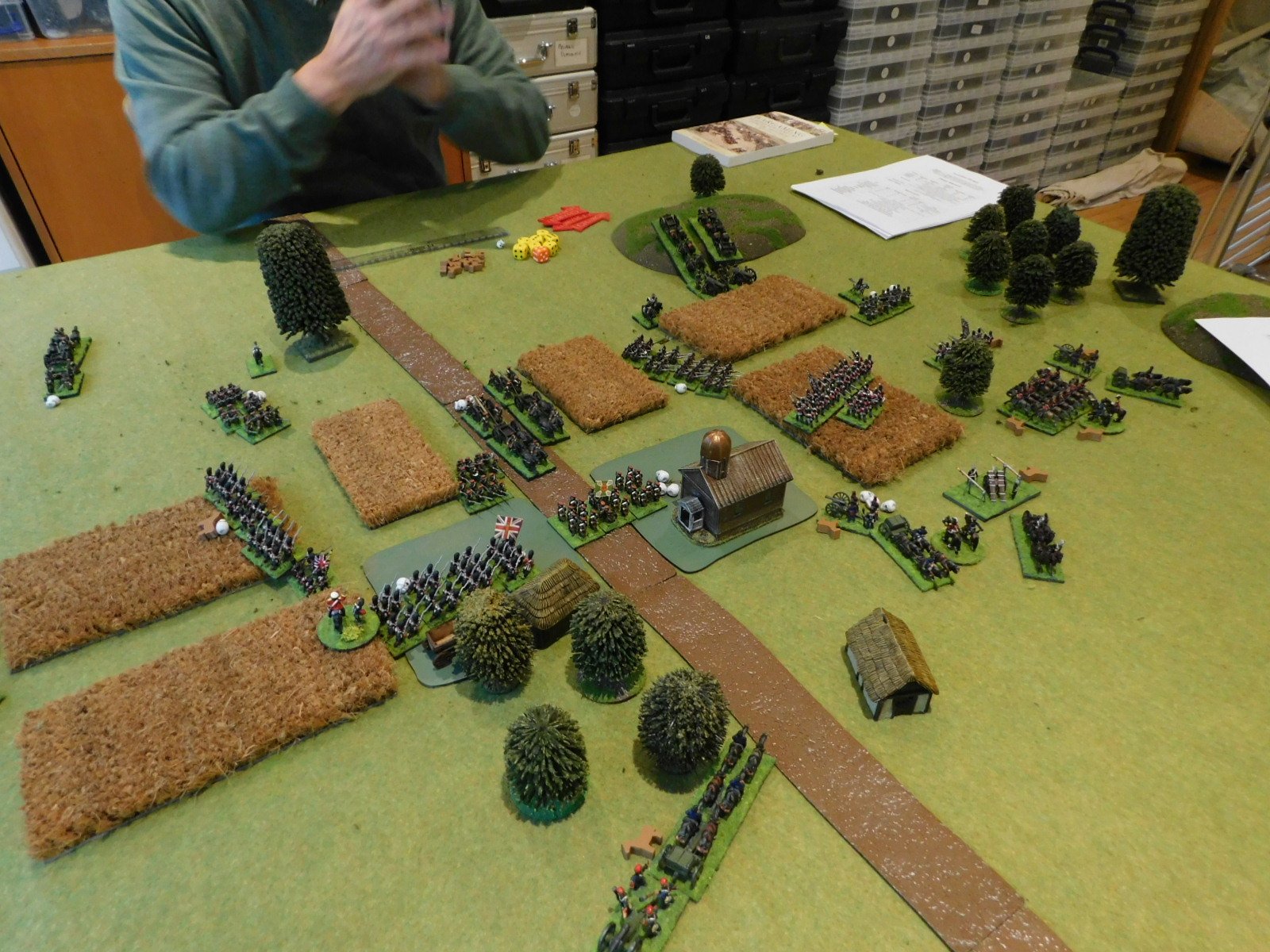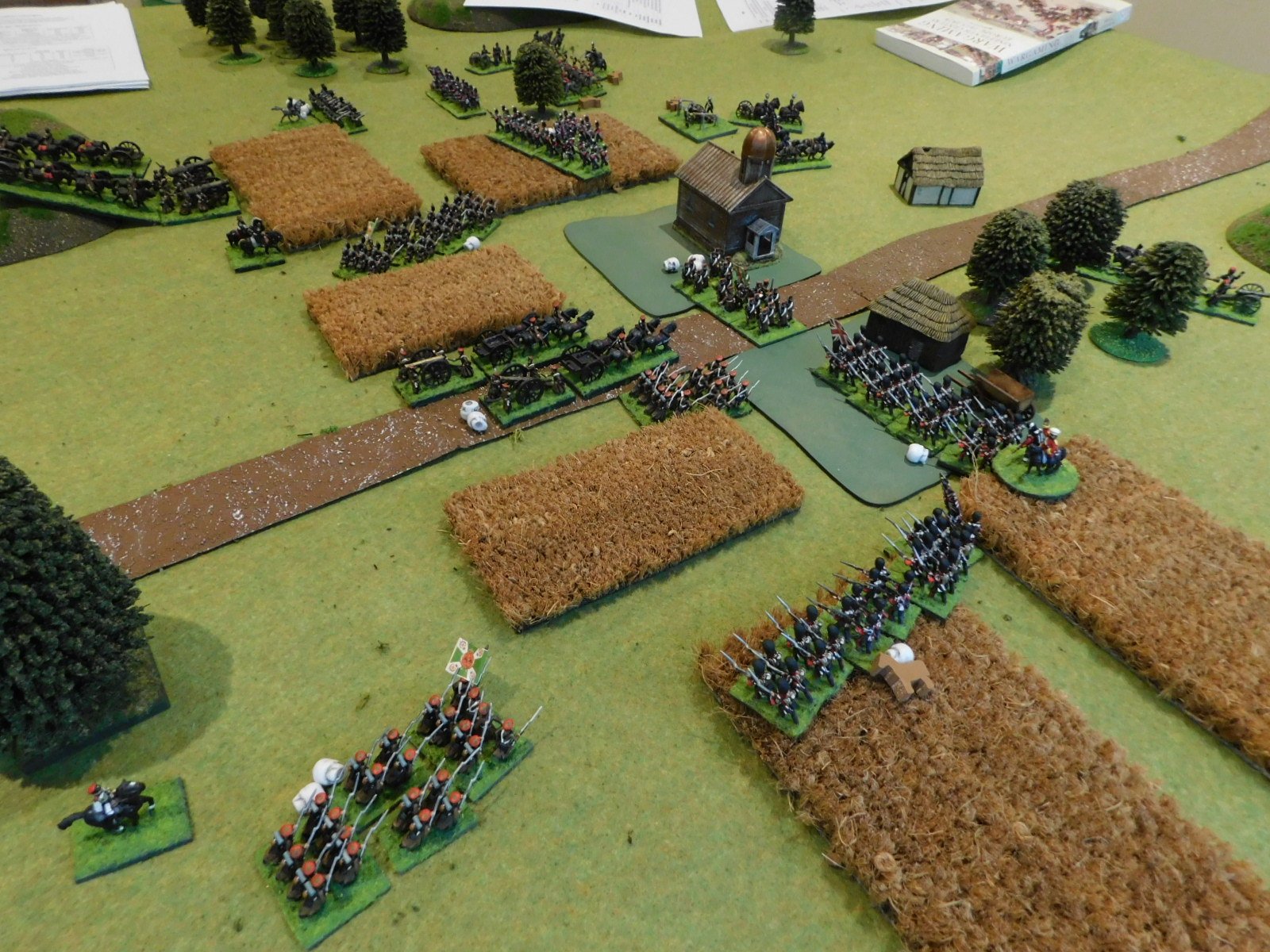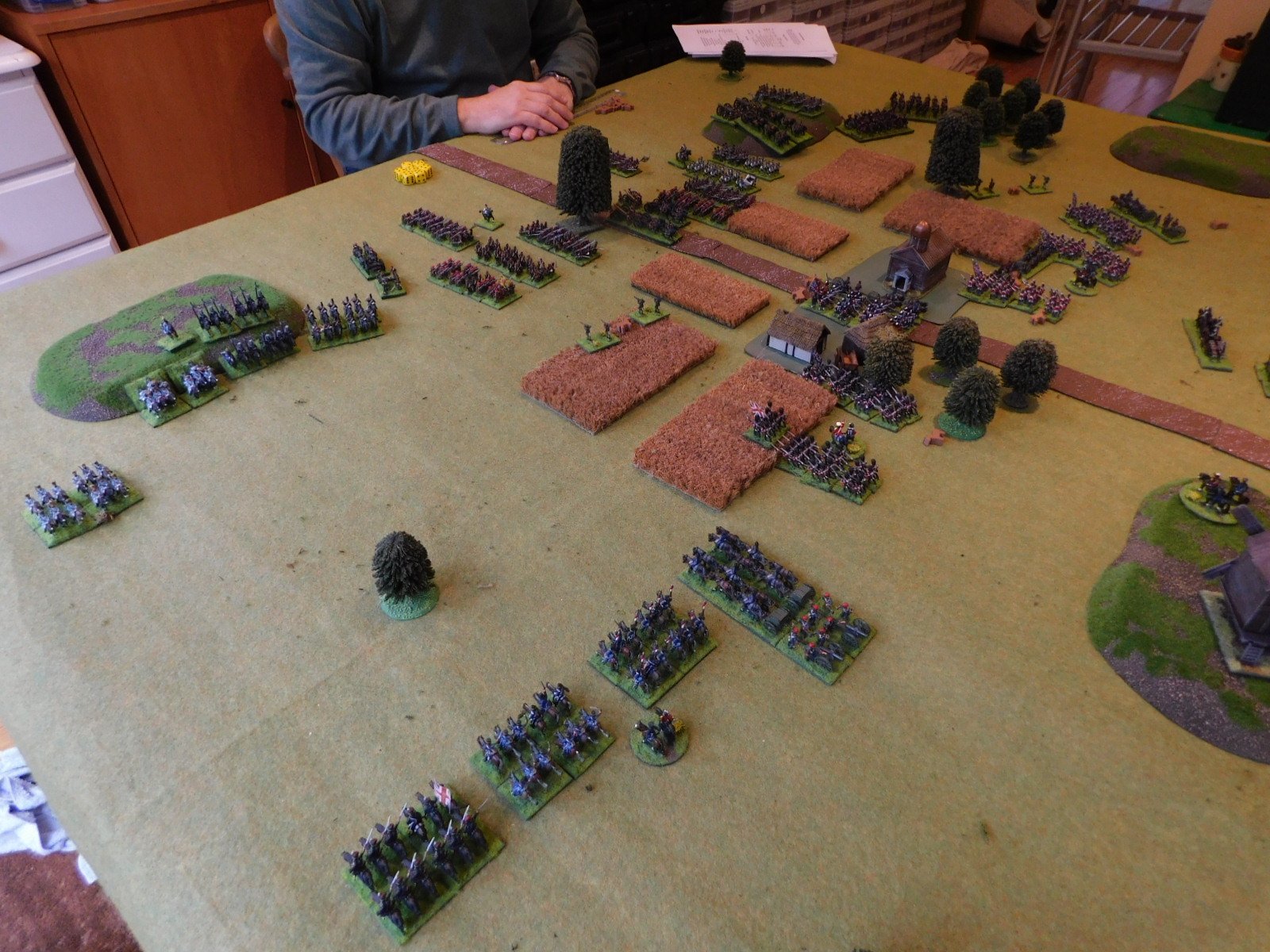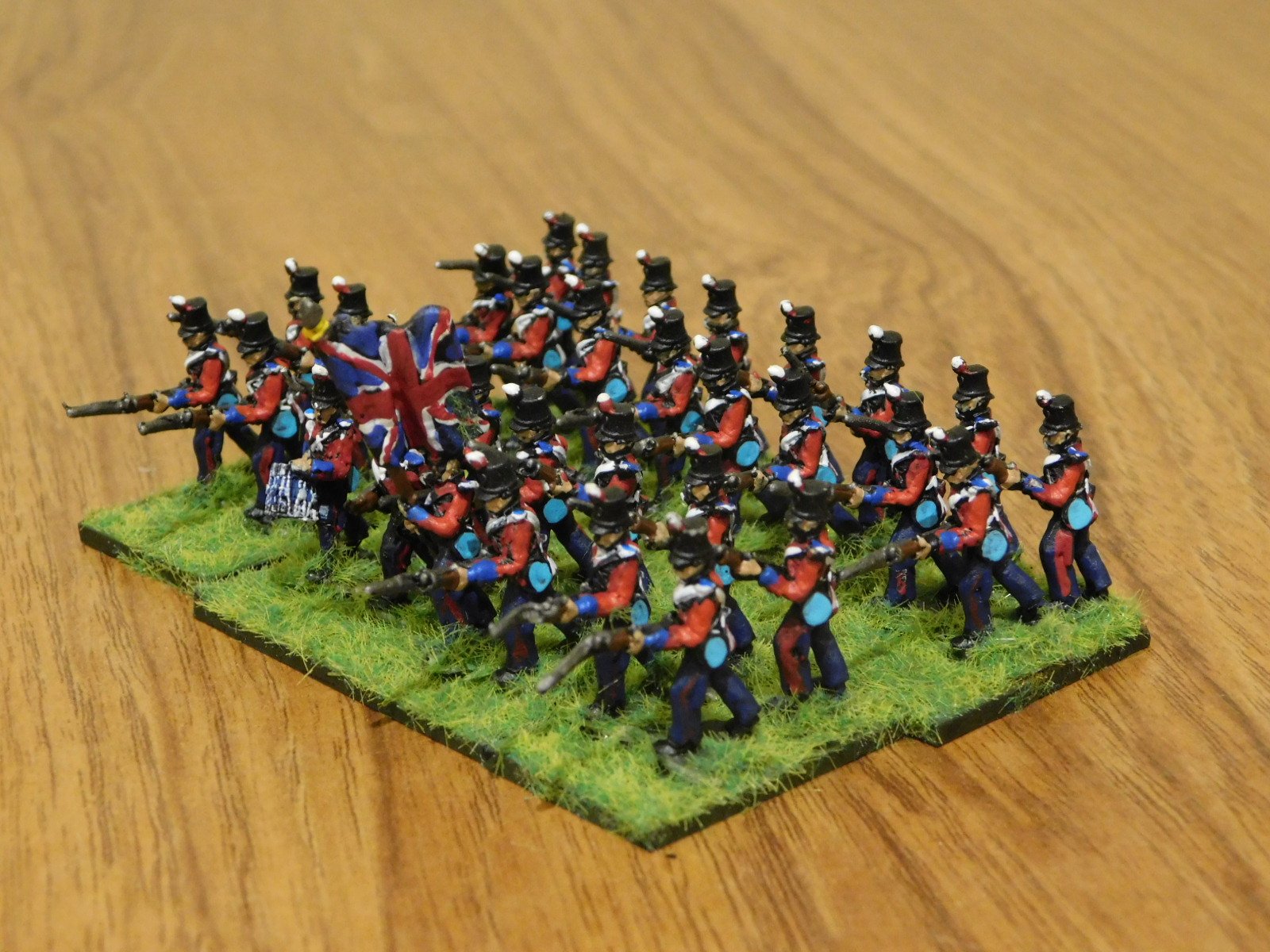19thC AAR: British versus Russians
/Friend Neil wanted to try the Neil Thomas Rules for 19th Century Wargaming, so I set up a quick battle: Crimean British versus Crimean Russians. I would play the Russians, Neil would take the Brits.
I set the game up as an encounter battle, with both sides advancing forward to take battle to the enemy. On reflection, I probably gave the British one or possibly two infantry battalions too many as, although they were outnumbered, their infantry was all elite.
My plan, as the Russians, was to advance forward and hold the small town on the left hand side of the battlefield, using the heavy artillery at the back of the column to pound the advancing Britig infantry into a state where I could successfully charge them. I would mass my cavalry on the right, as although that required a bit of manoeuvring to get into position, that would then give me superior numbers and a chance to break through and circle round the British left flank. In the centre, I would mass my infantry against the British , hopefully using a 5:3 advantage to stymie any advance.
The action began with the Russian heavy dragoons on the right facing of against British Lancers, witht he sheer weight of the Dragoons pushing the opposition back.
Unfortunately, the Dragoons were then hit by rockets from some British artillery and charged by Light Dragoons. This sent them reeling backwards past the advancing Russian Hussars. It looked like the cavalry battle was going to be the usual backwards-and-forwards sideshow!
The game then divided into two neat halves: with me facing the British Guards Brigade on the left and a brigade of British line infantry on the right…and with pesky Riflemen all over!
On the left, the British Guards brigade advanced forward and then switched into line, sending multiple volleys of musket fire into the approaching Russian columns (my plan to hold the village had been forgotten!) before launching a charge with the Grenadier Guards that was only held at bay by the Russian heavy artillery.
On the right, again the British moved forward in column and then switched to line. I thought my advantage in numbers might just allow me to break one of the British infantry units, but a charge by the 11th Hussars into the flank of one of my Guards battalions soon put paid to that, and I soon had nothing of significance to throw forward!
So a fairly conclusive British victory, with my only consolation being the pounding my heavy artillery gave the Guards. We didn’t play all aspects of the game correctly (it had been some time since I’d last played the rules) but it was a most enjoyable encounter, even with the hefty defeat!























